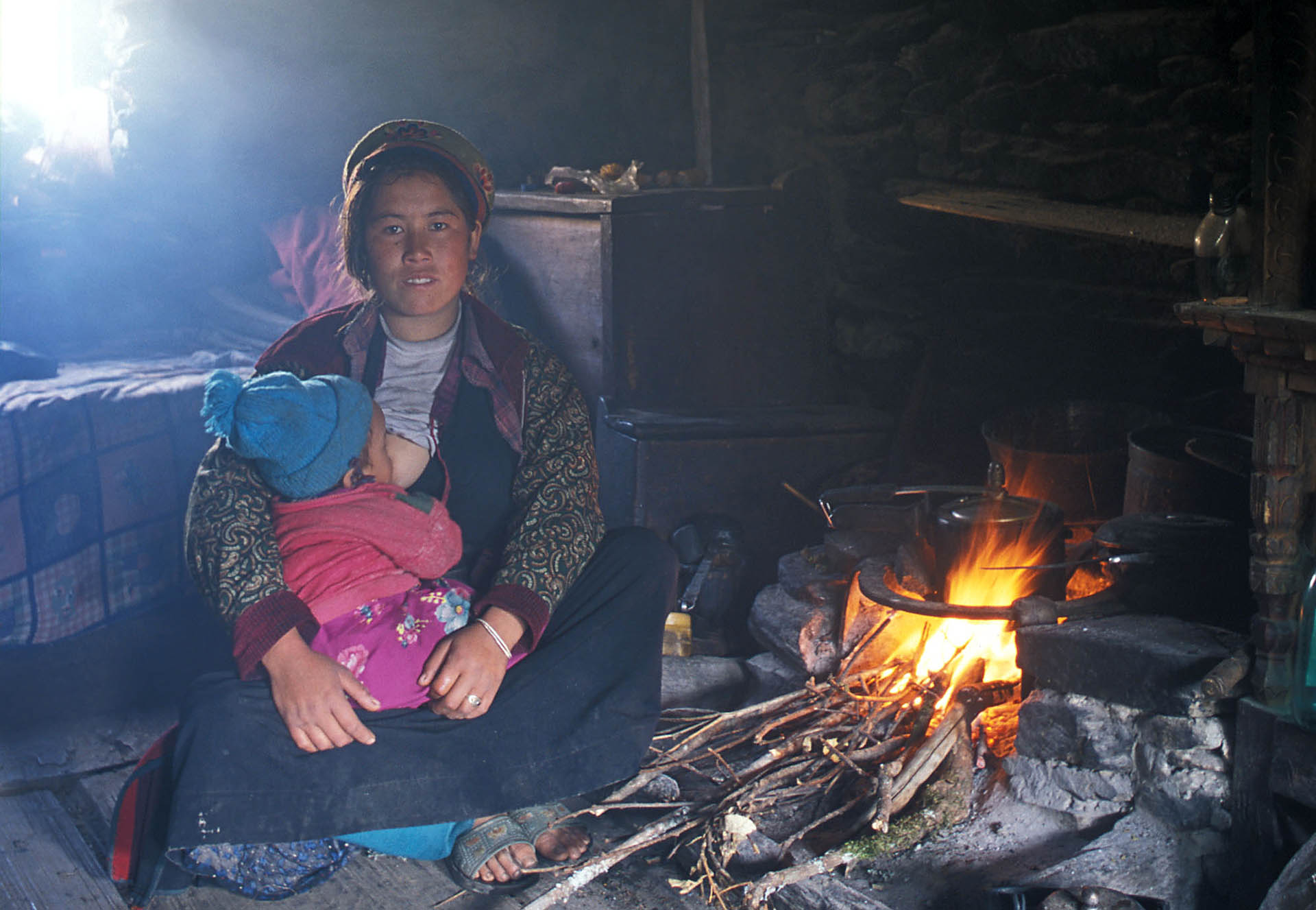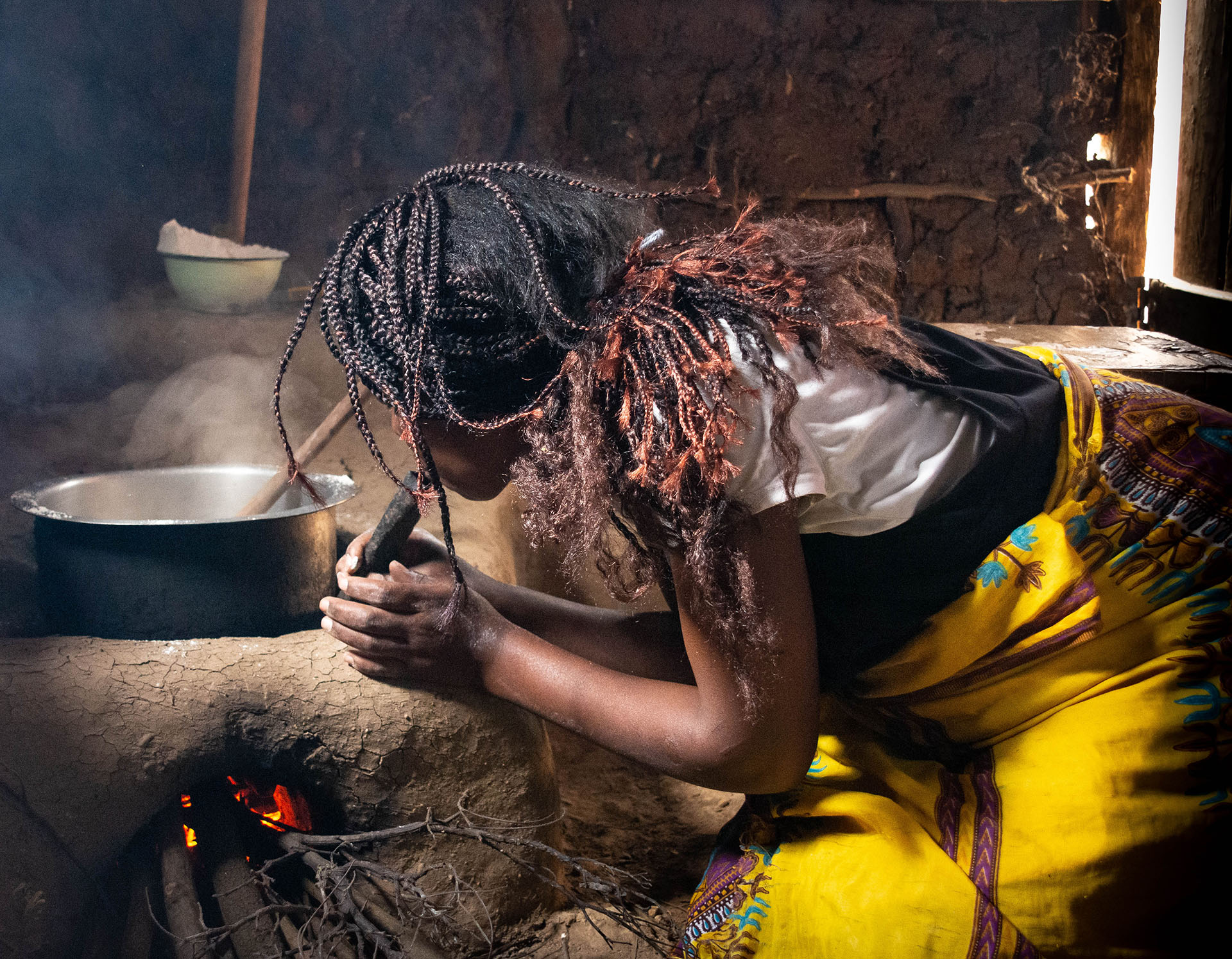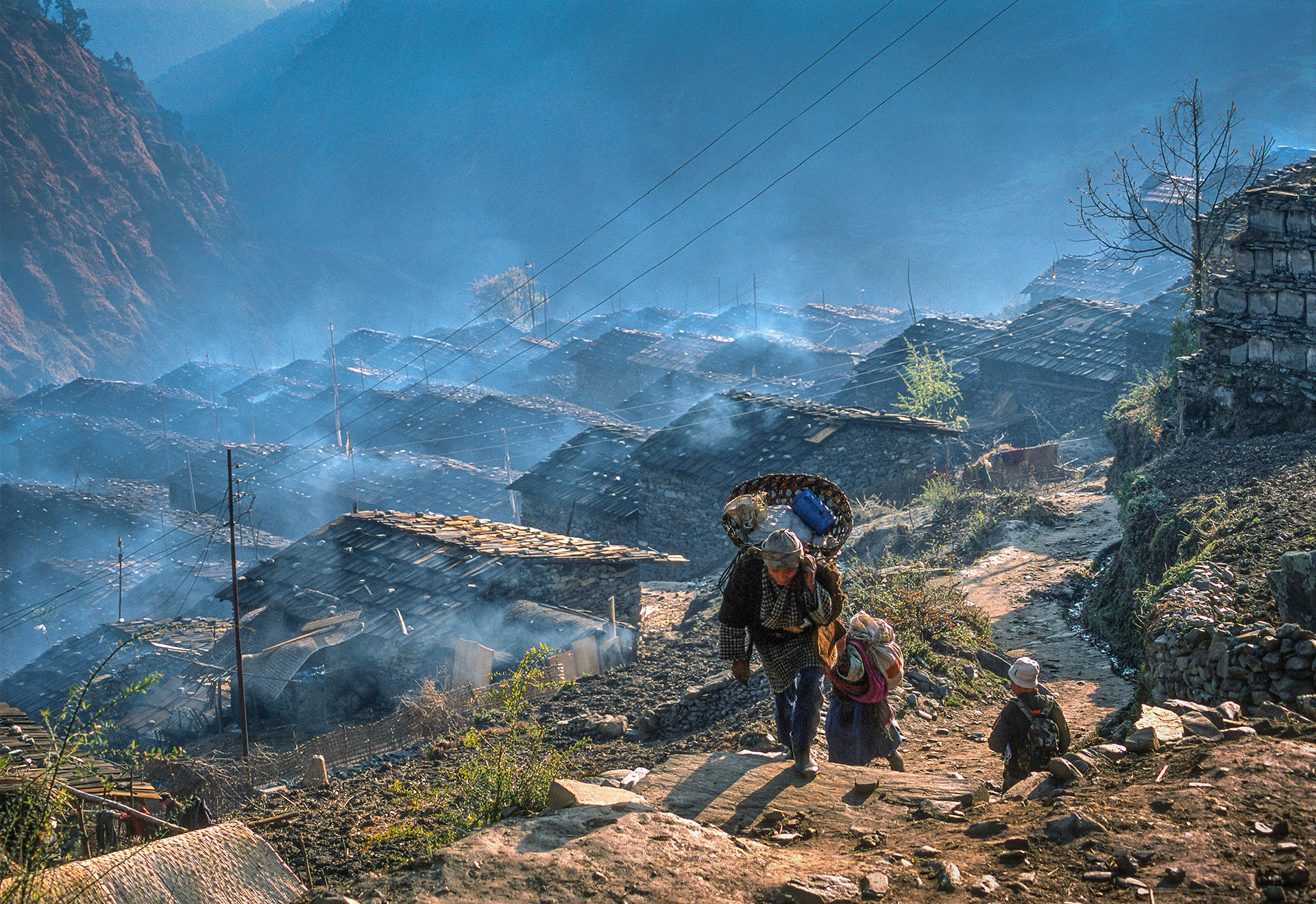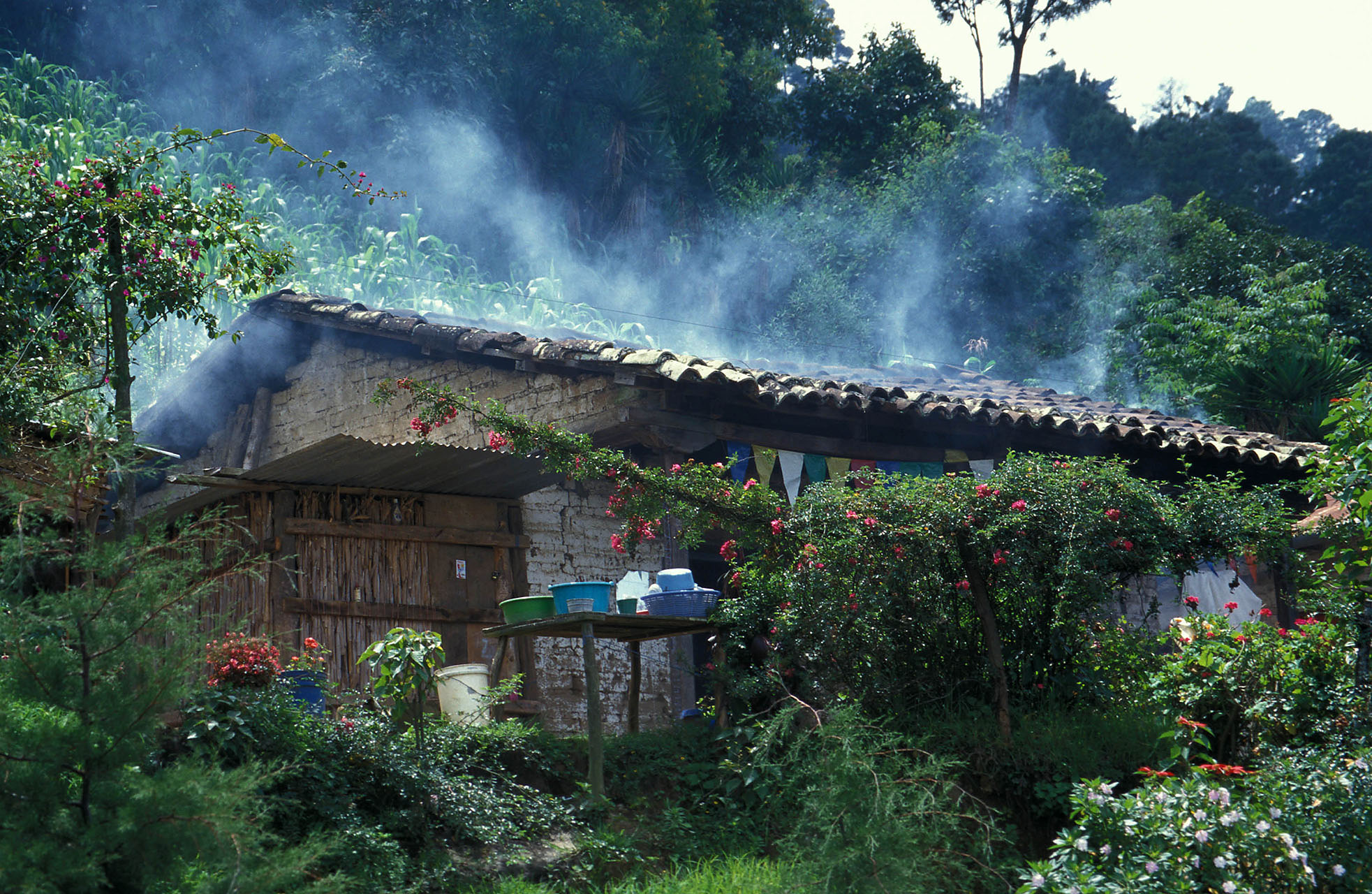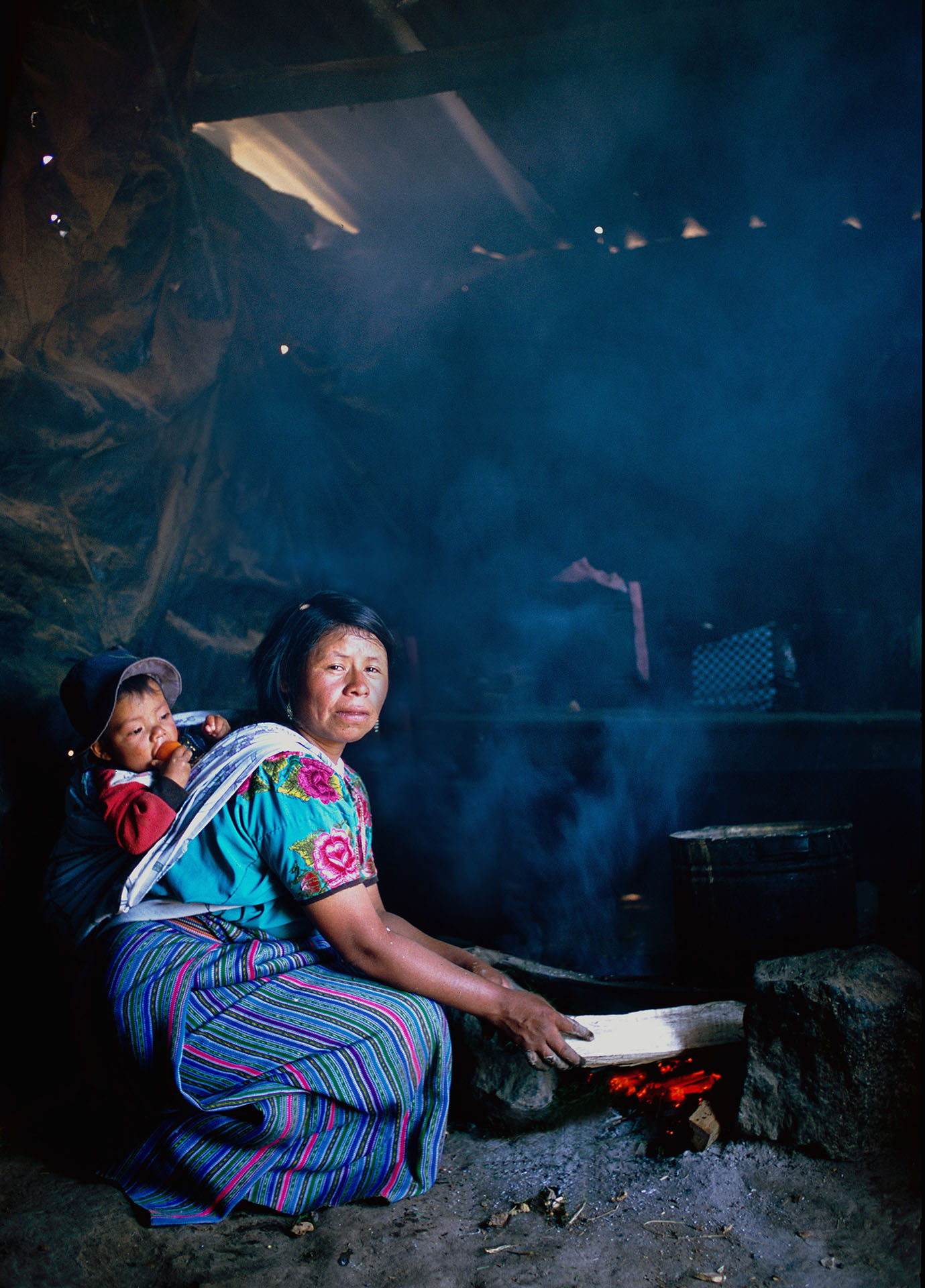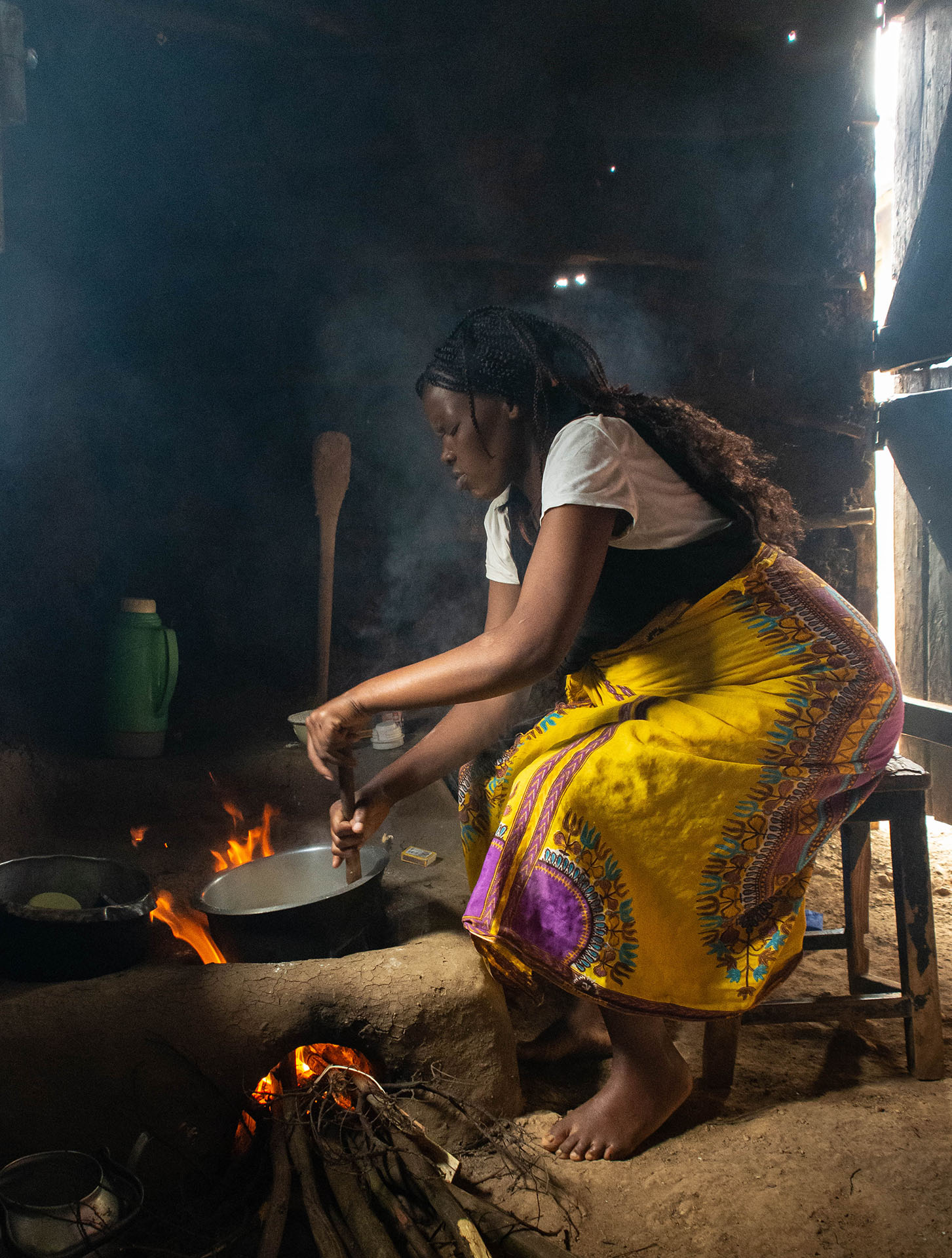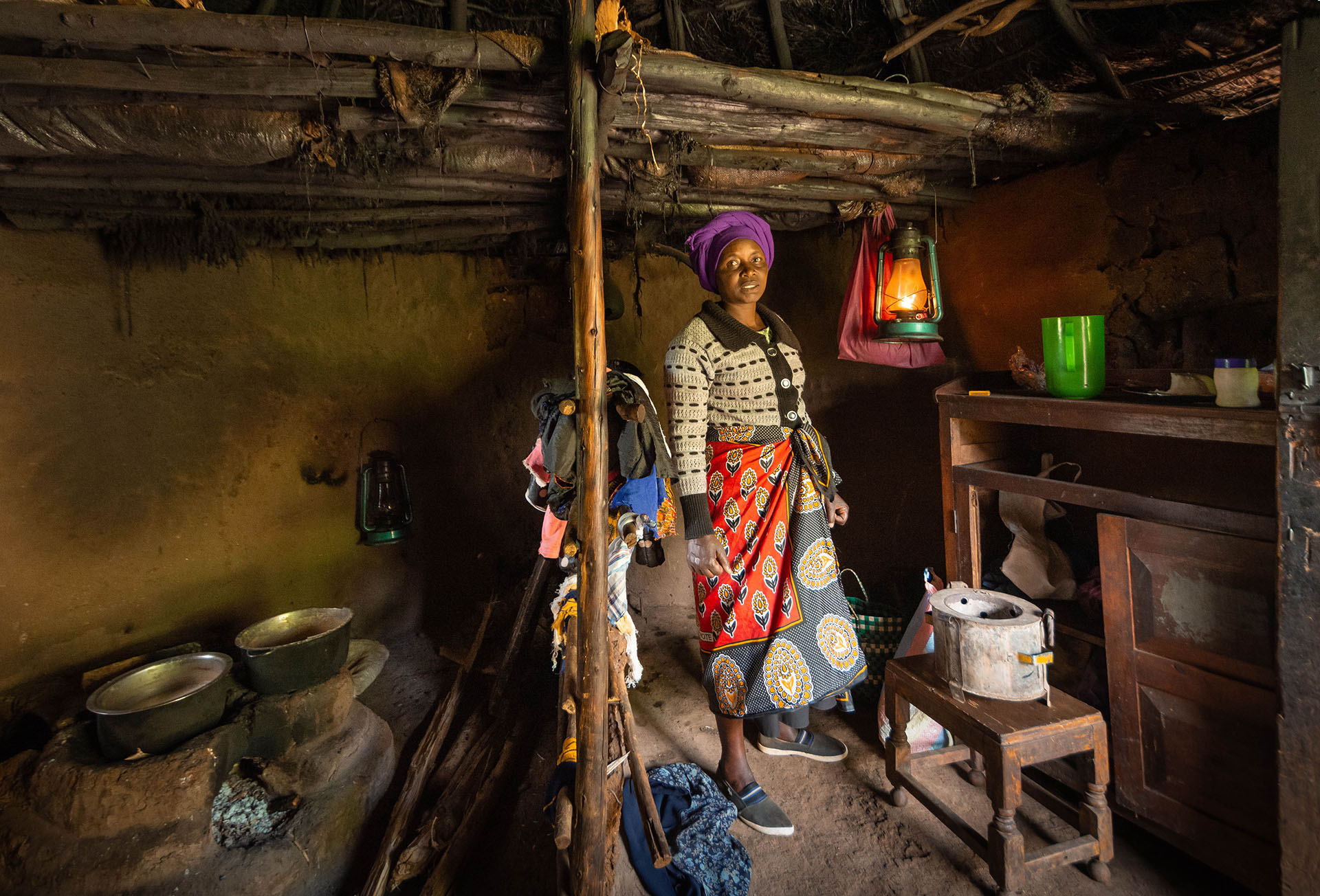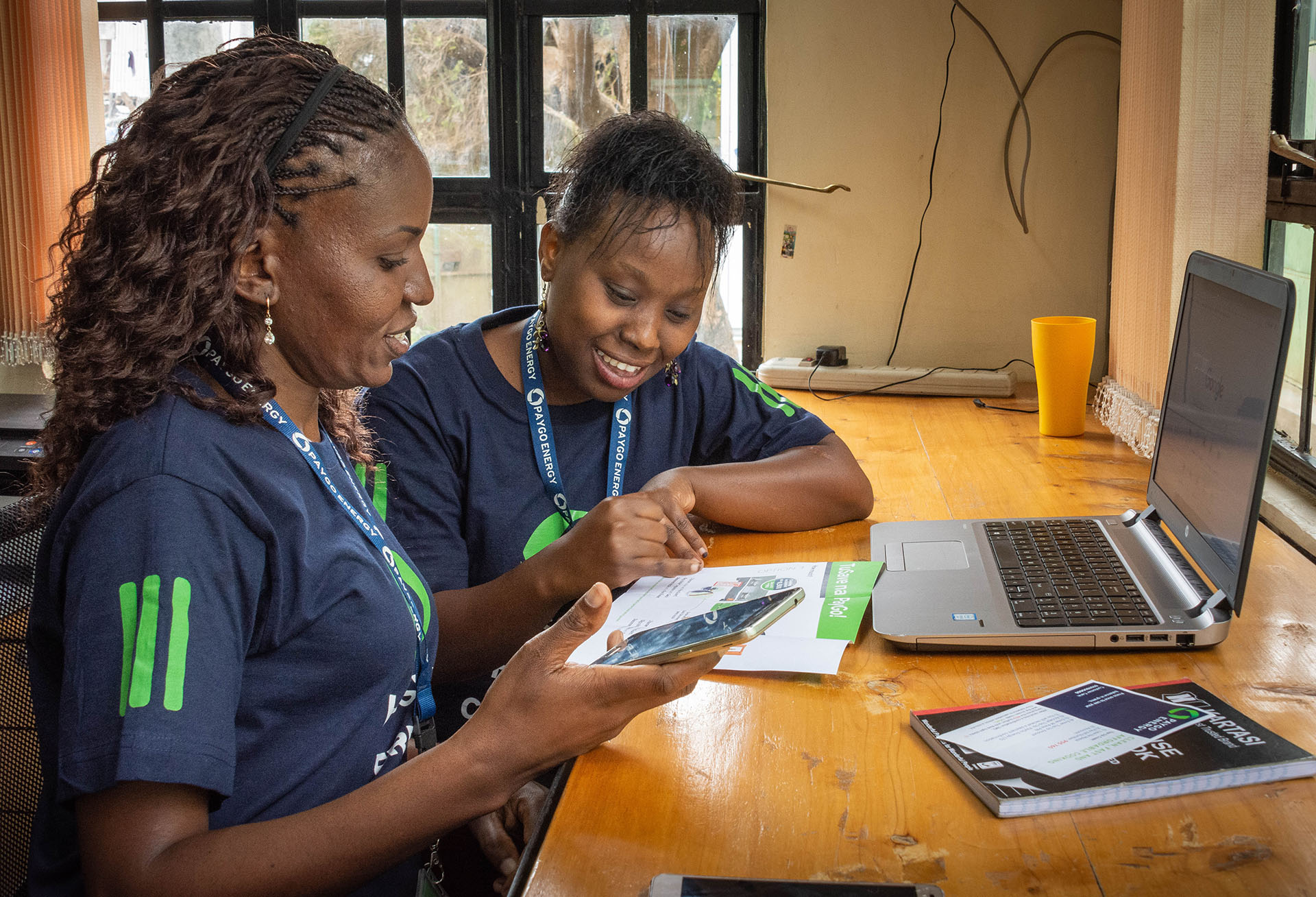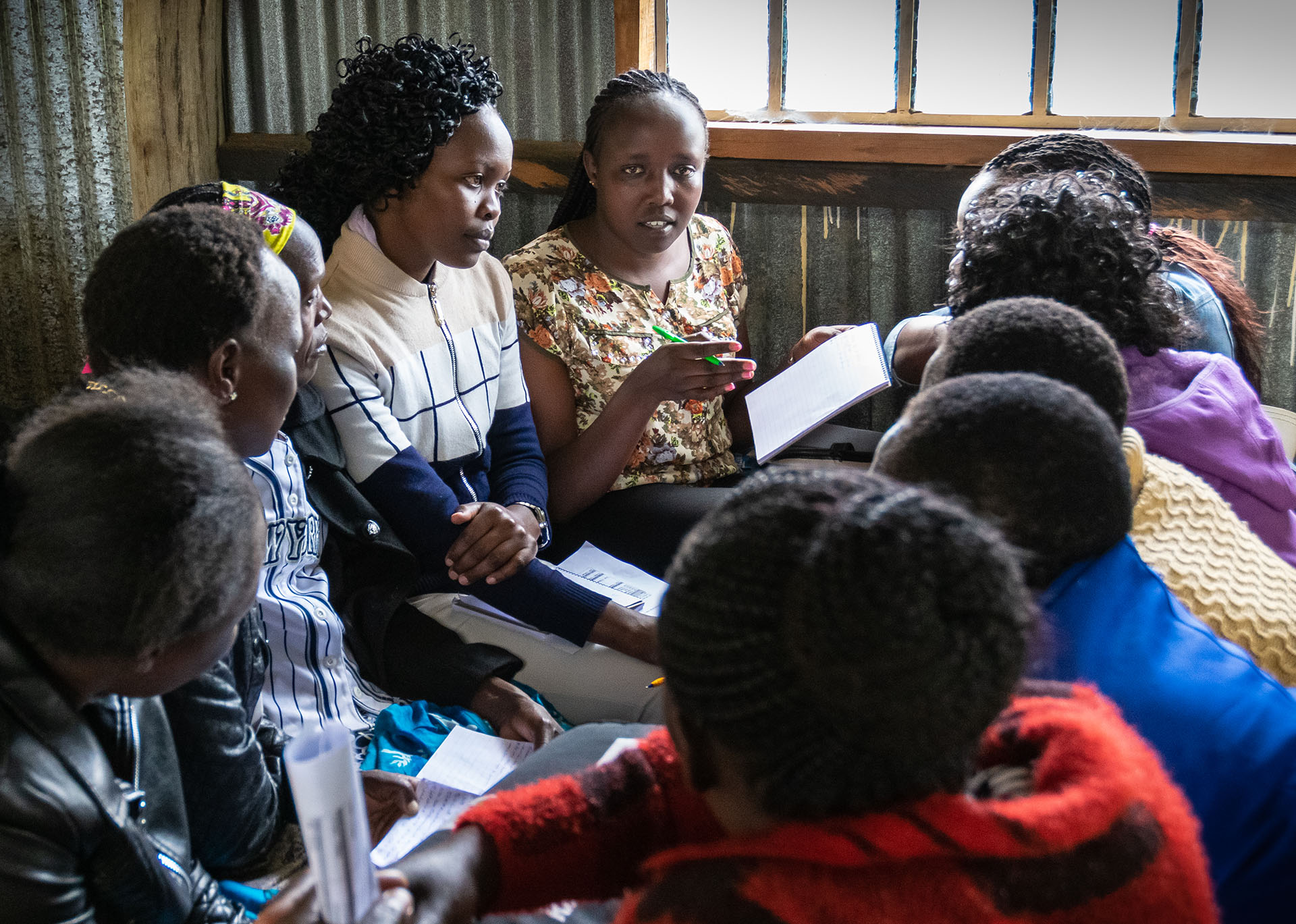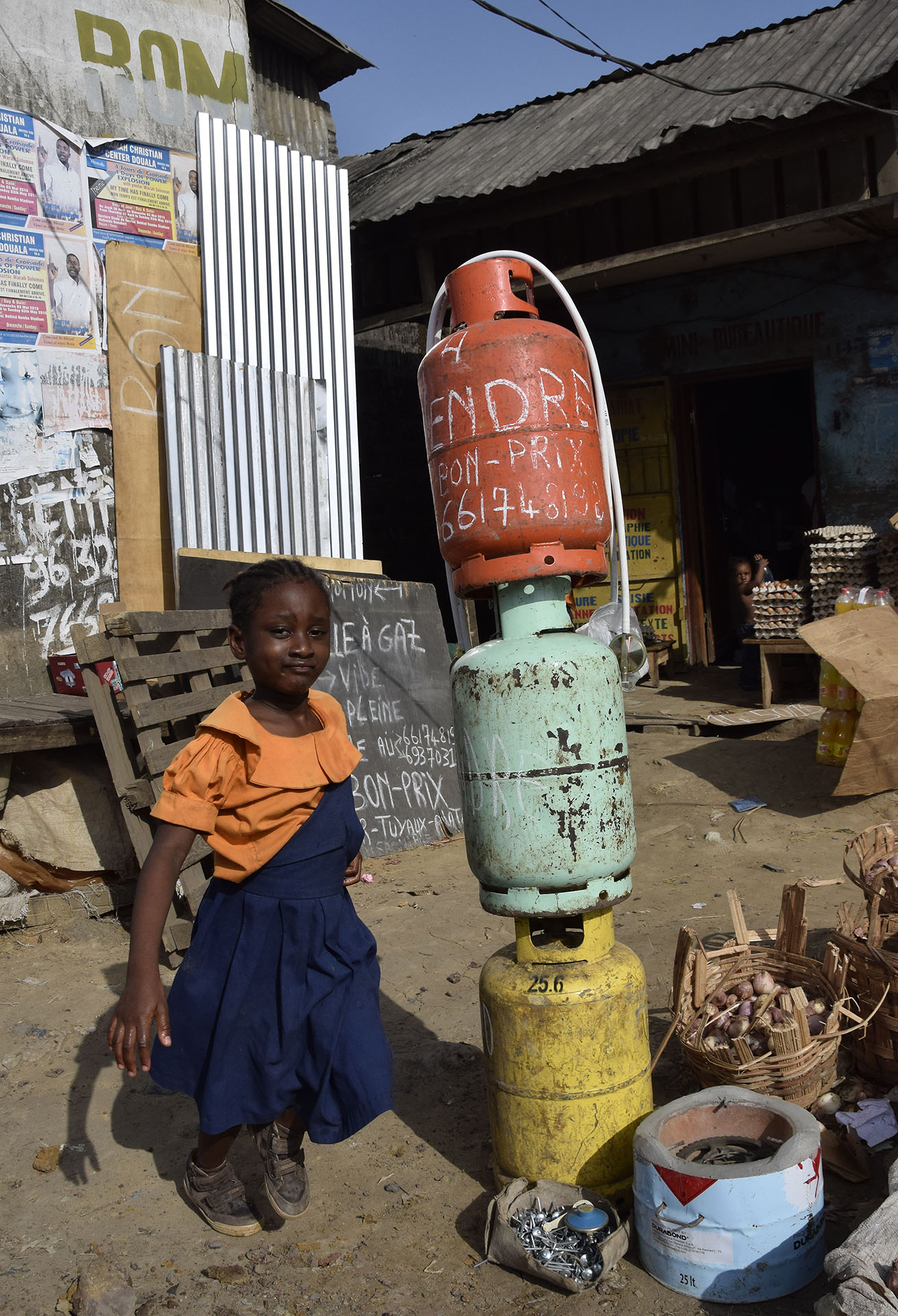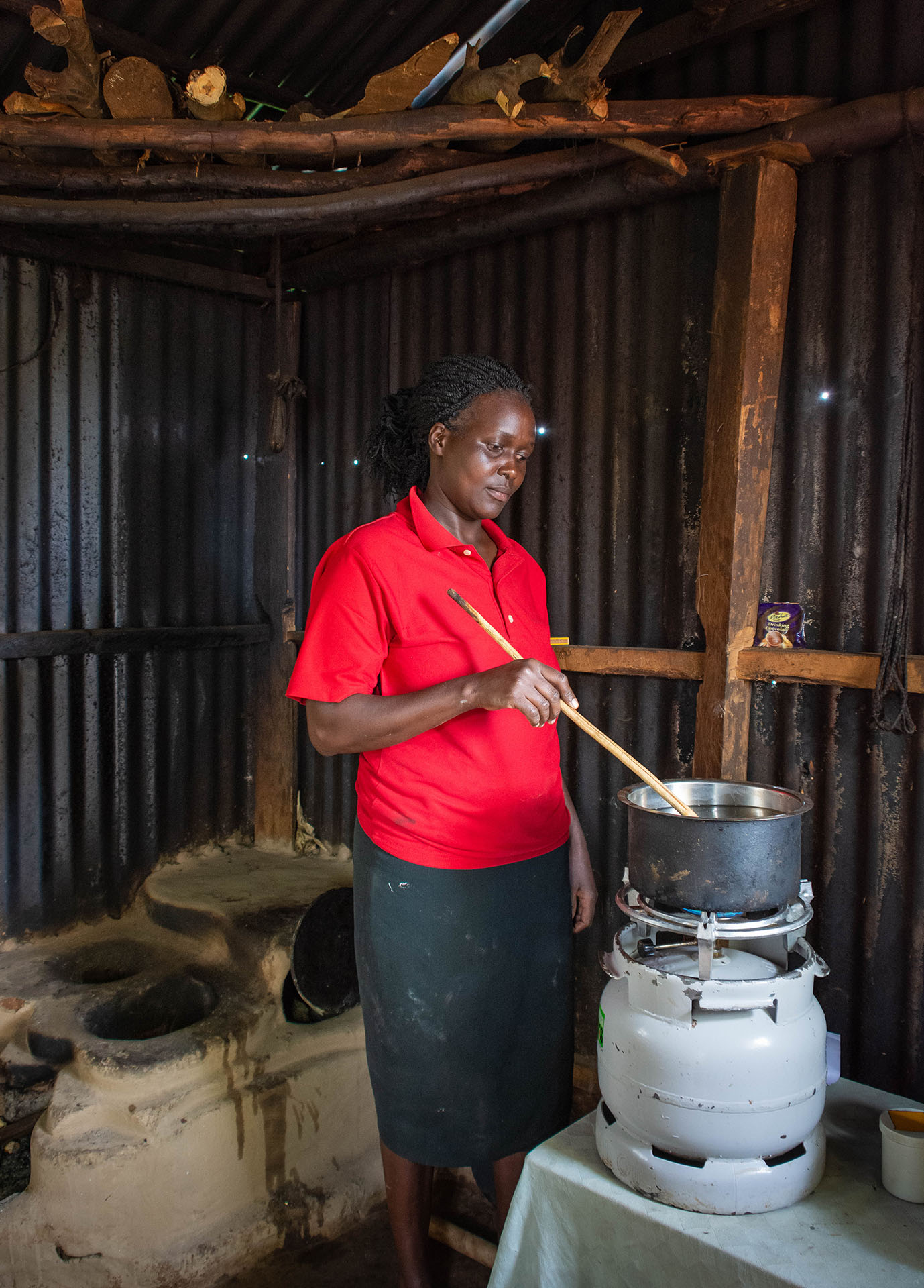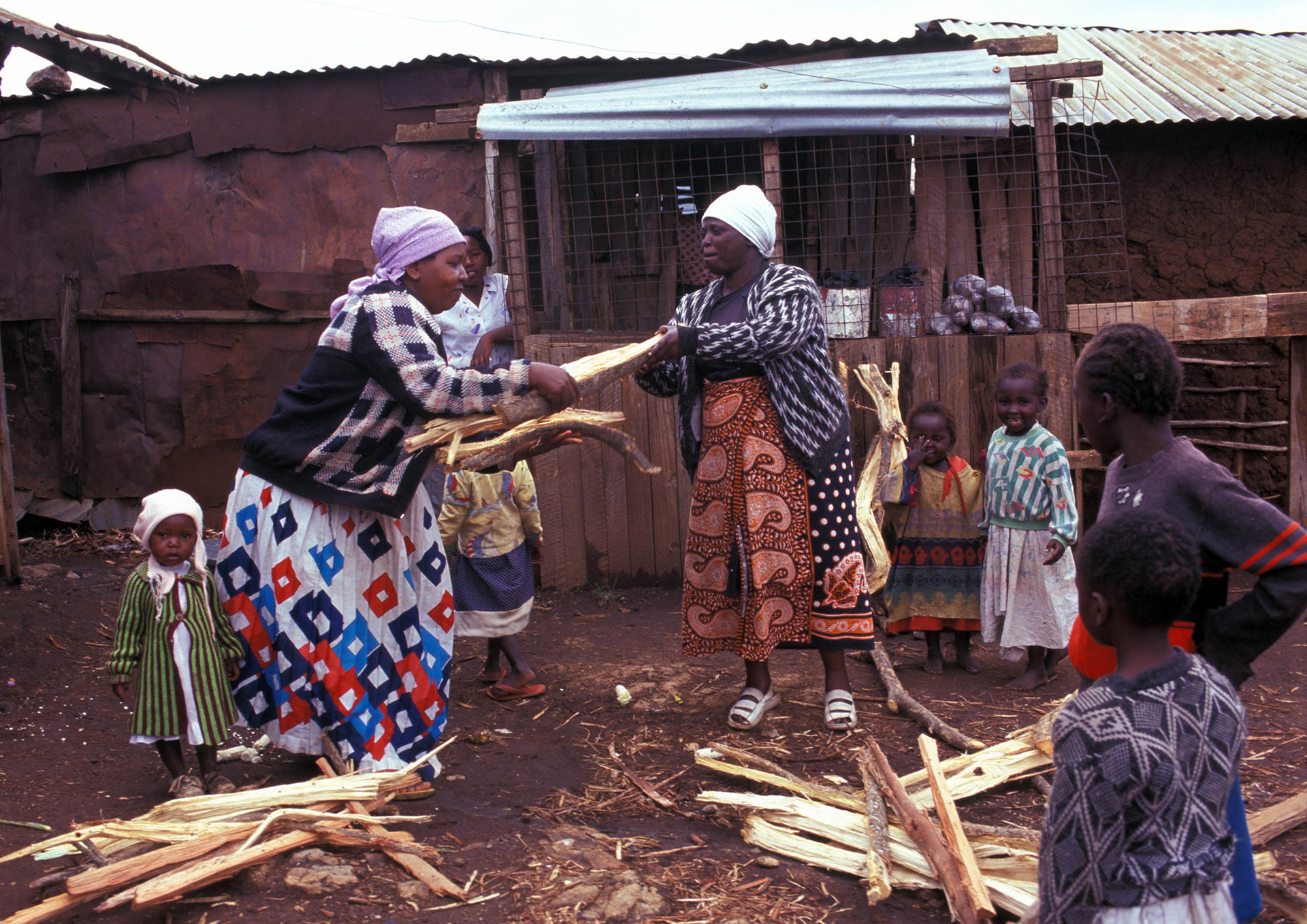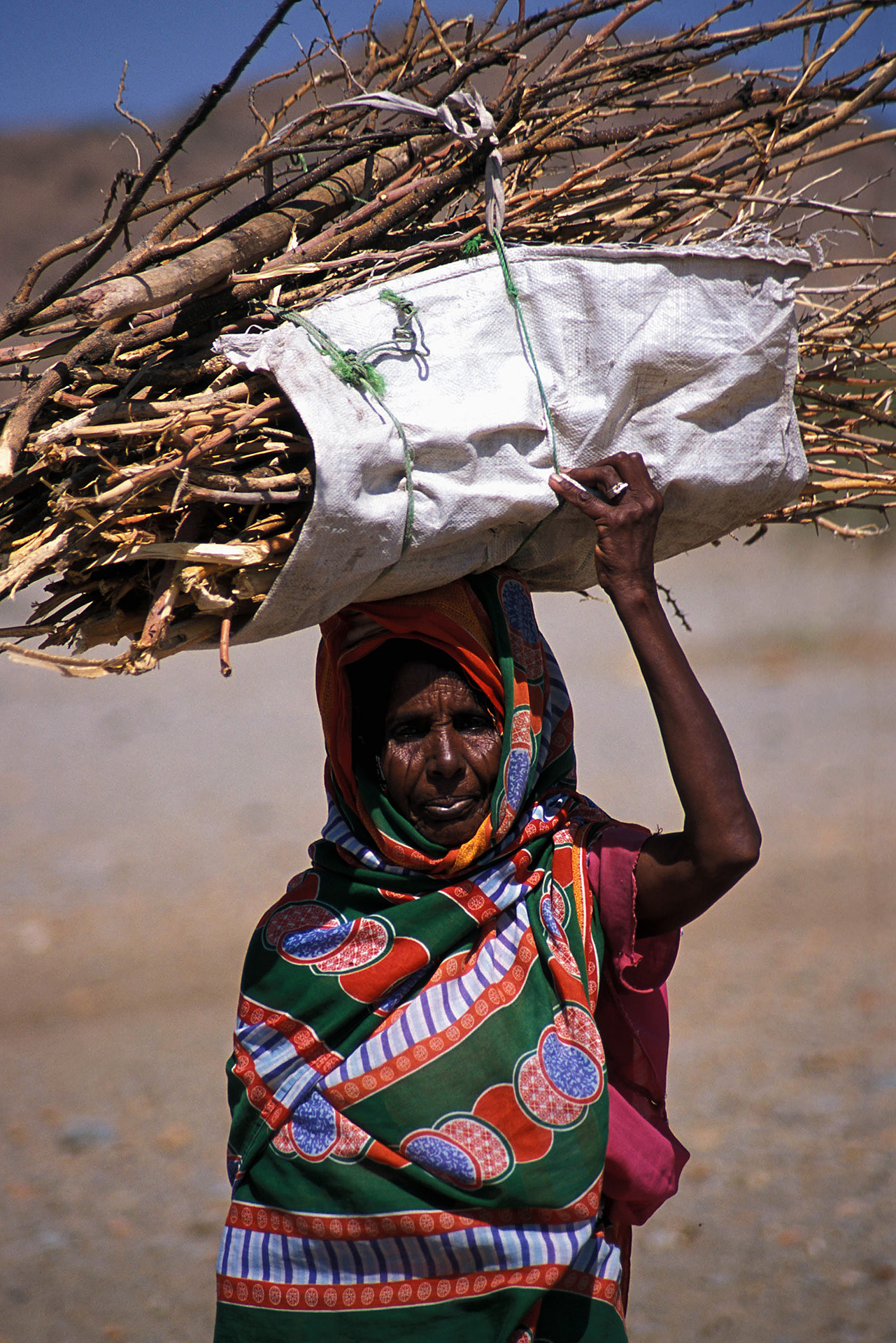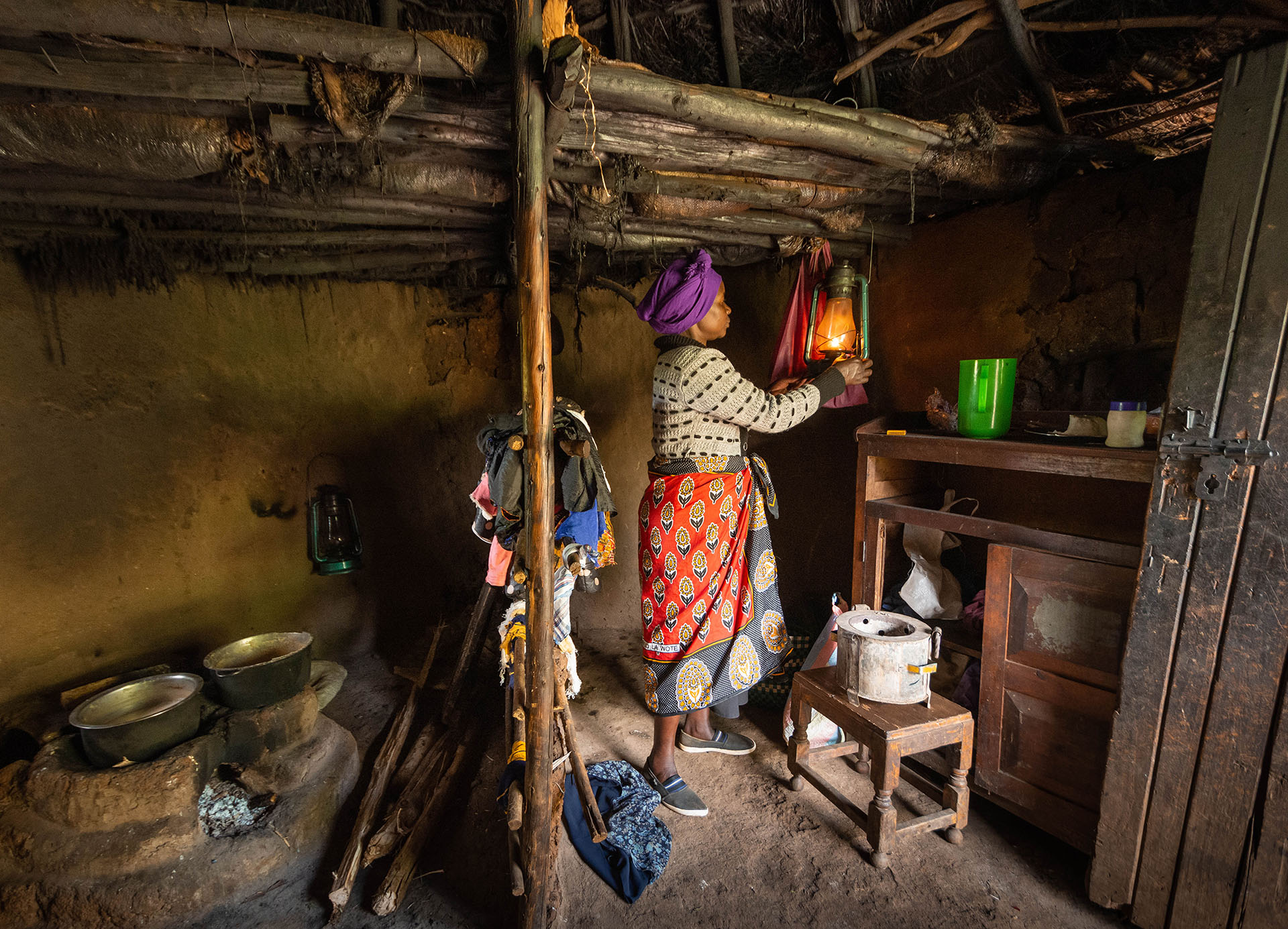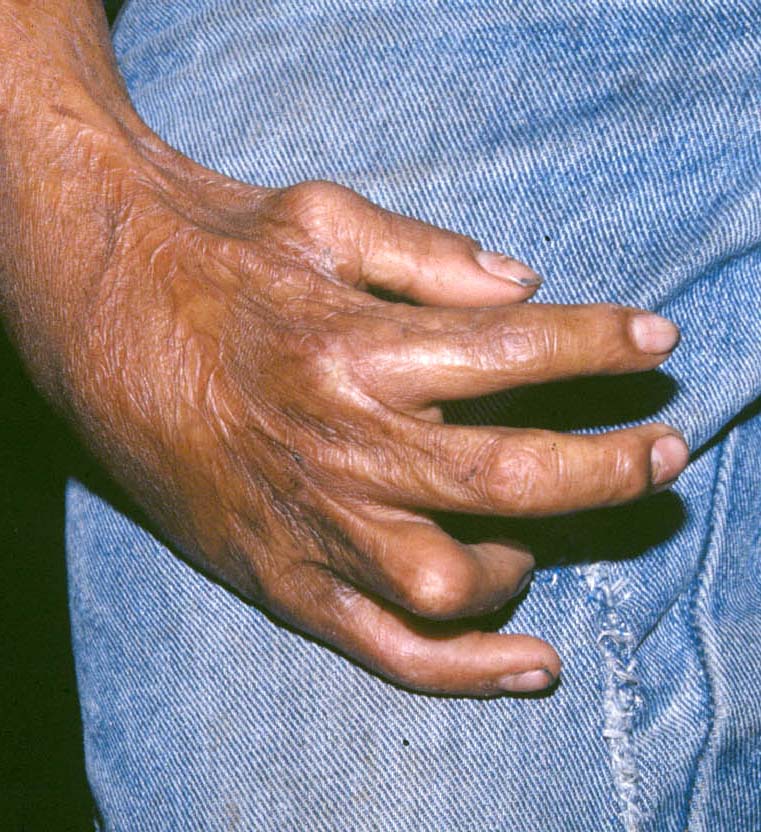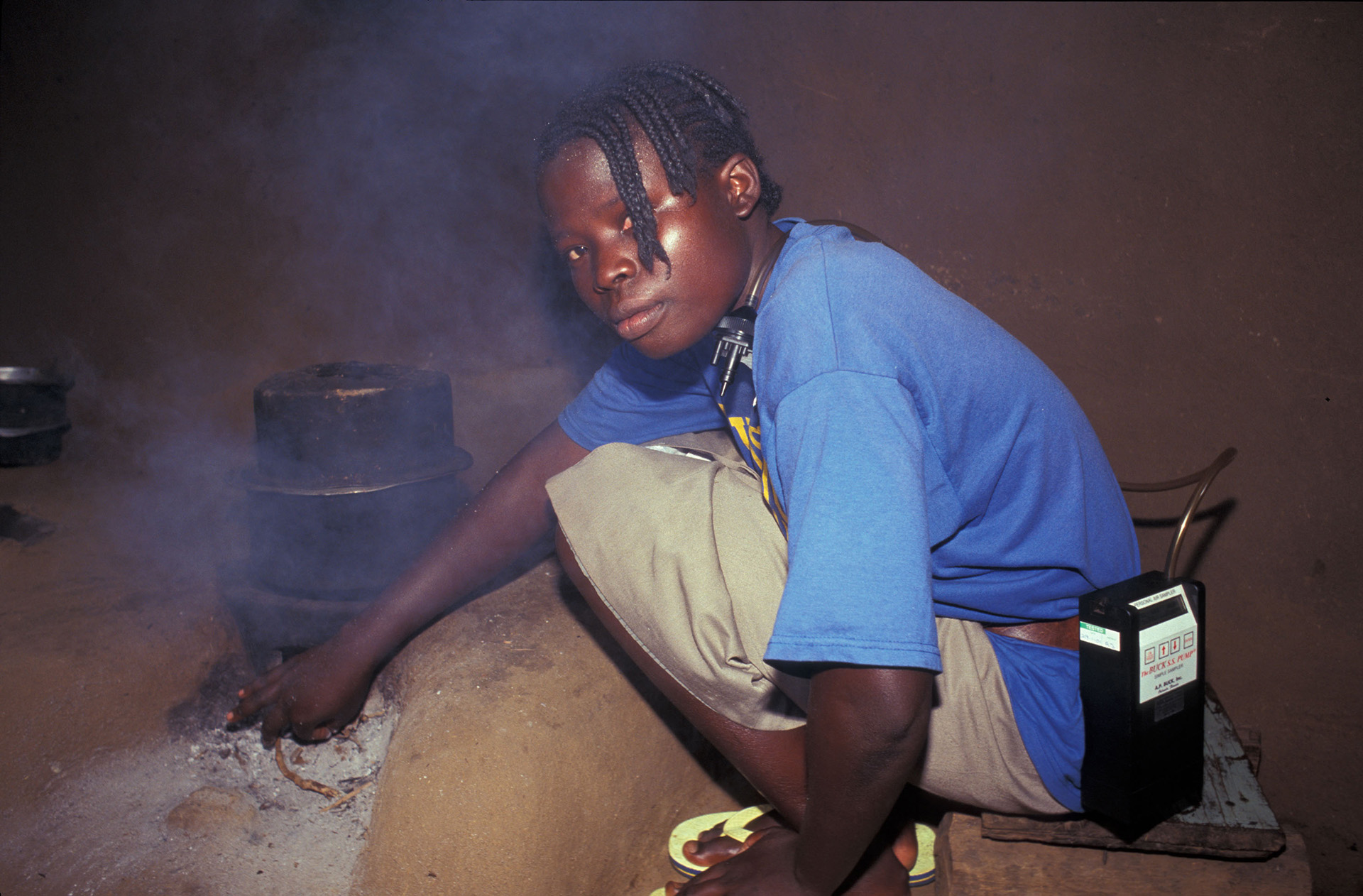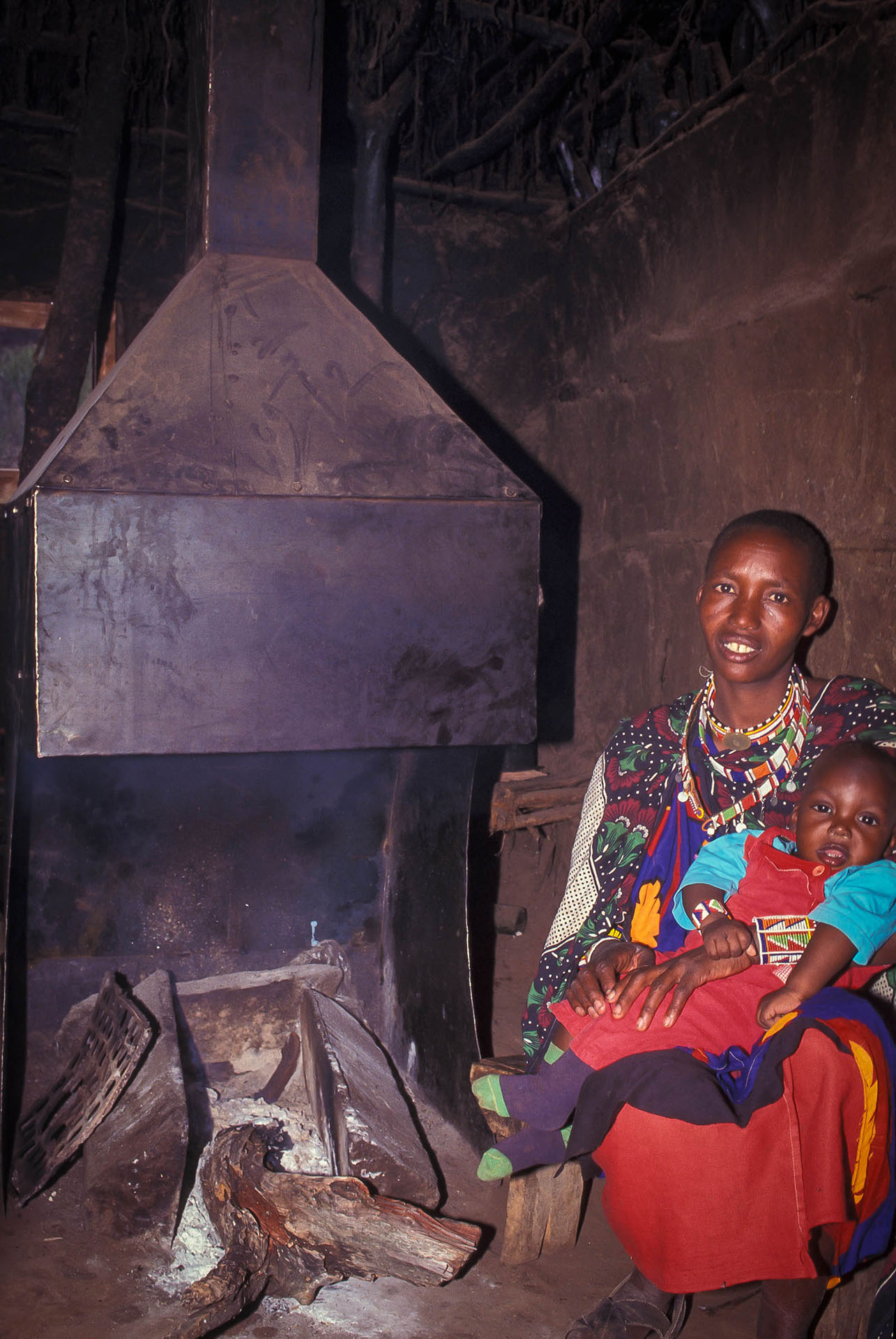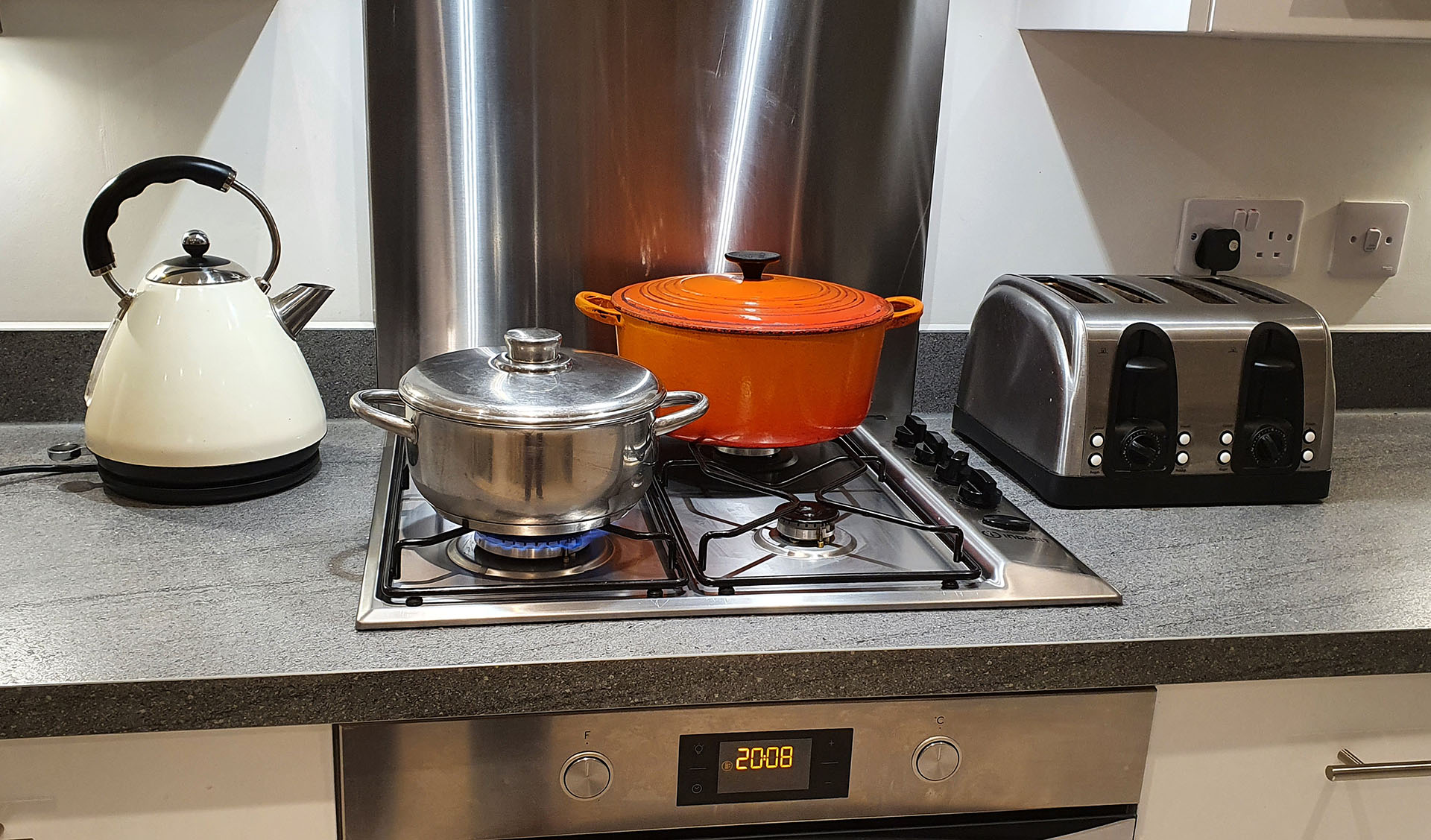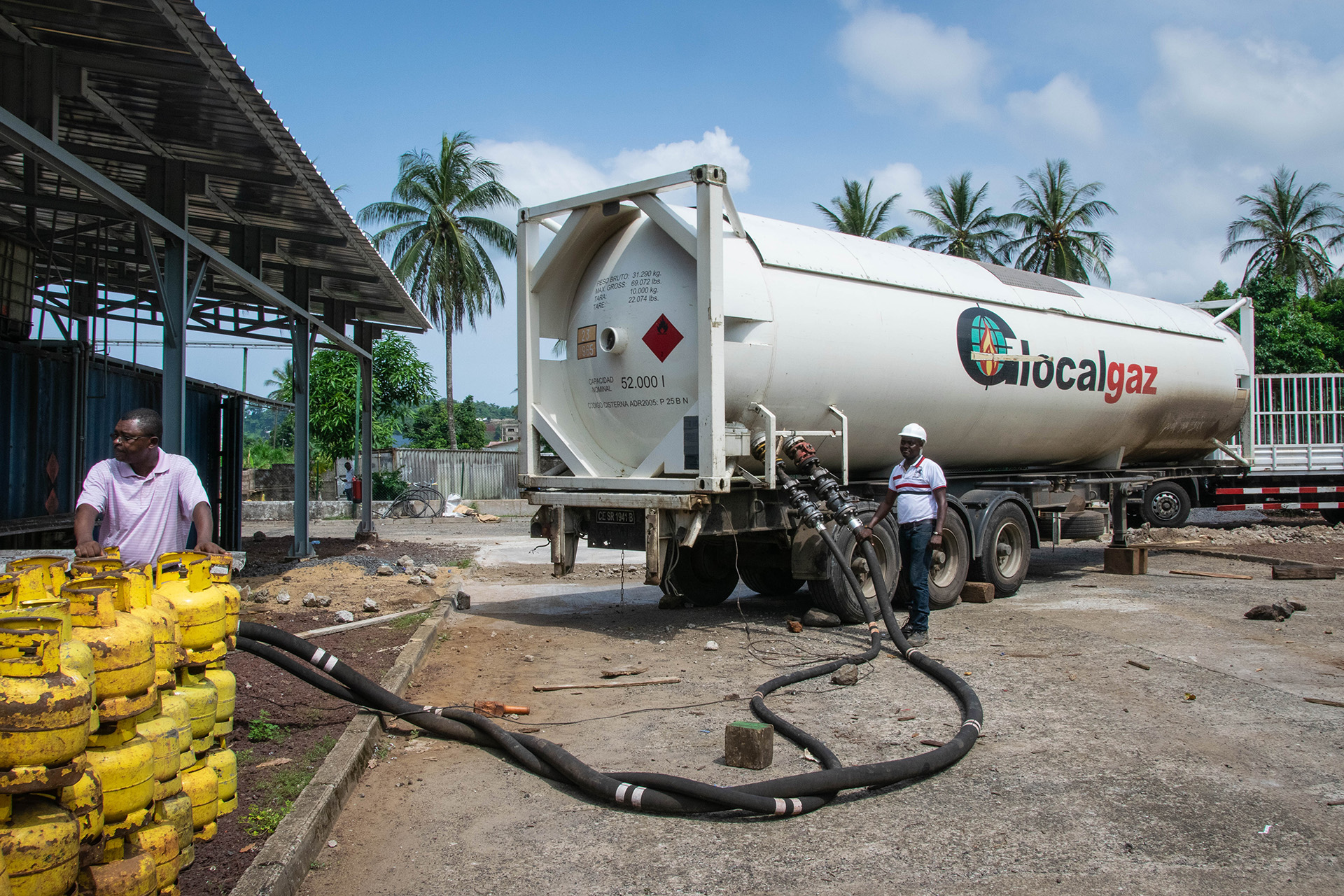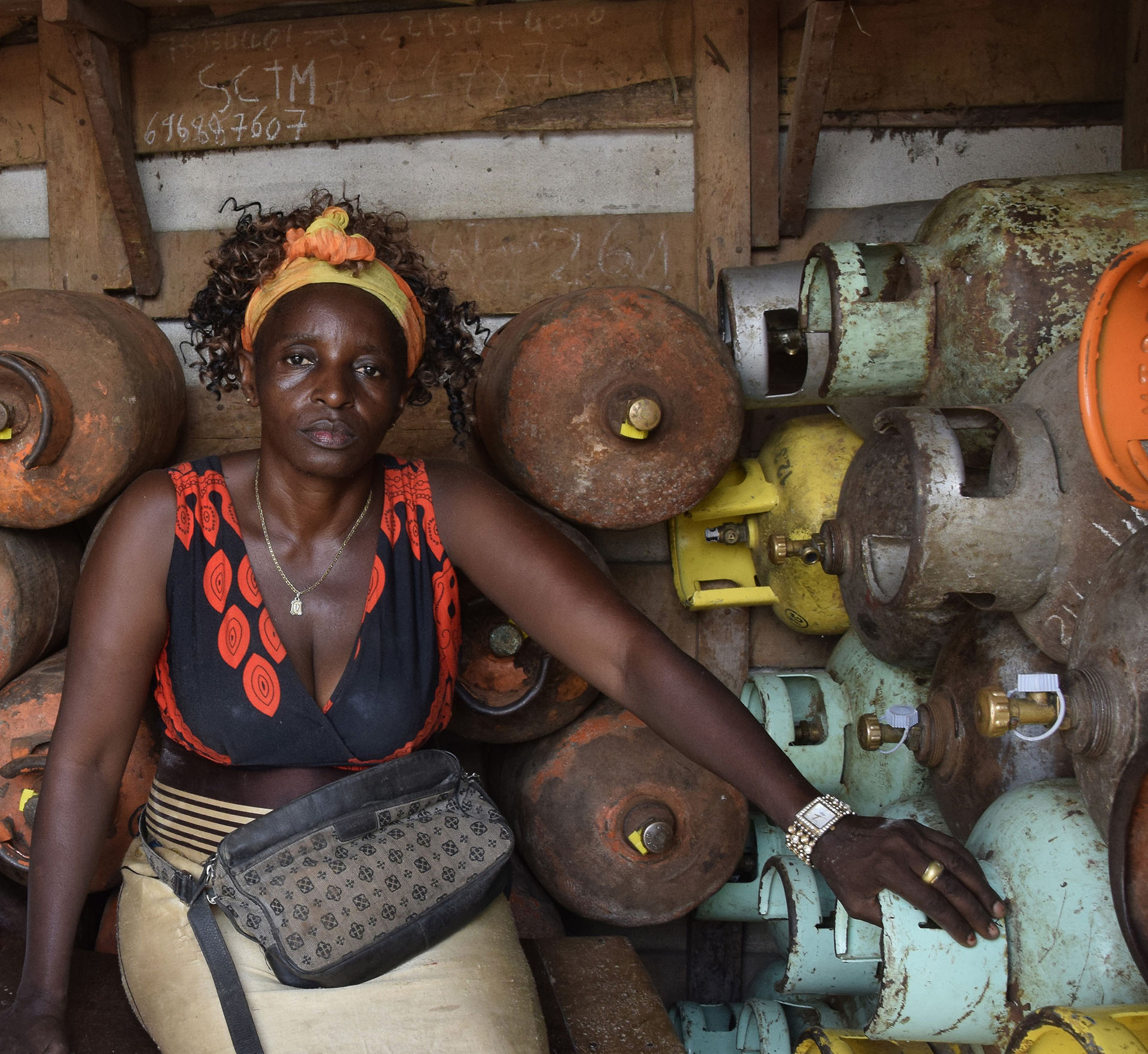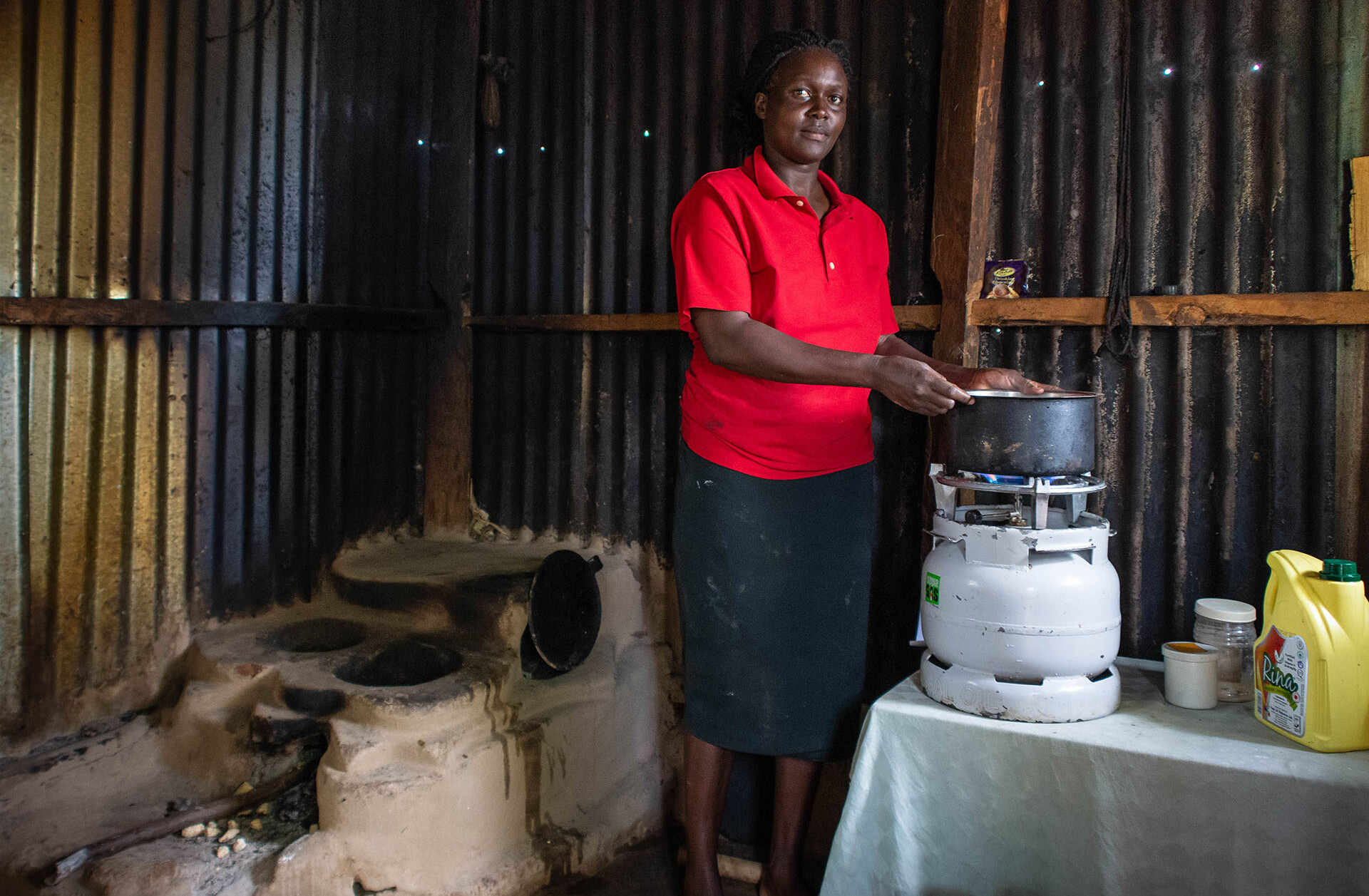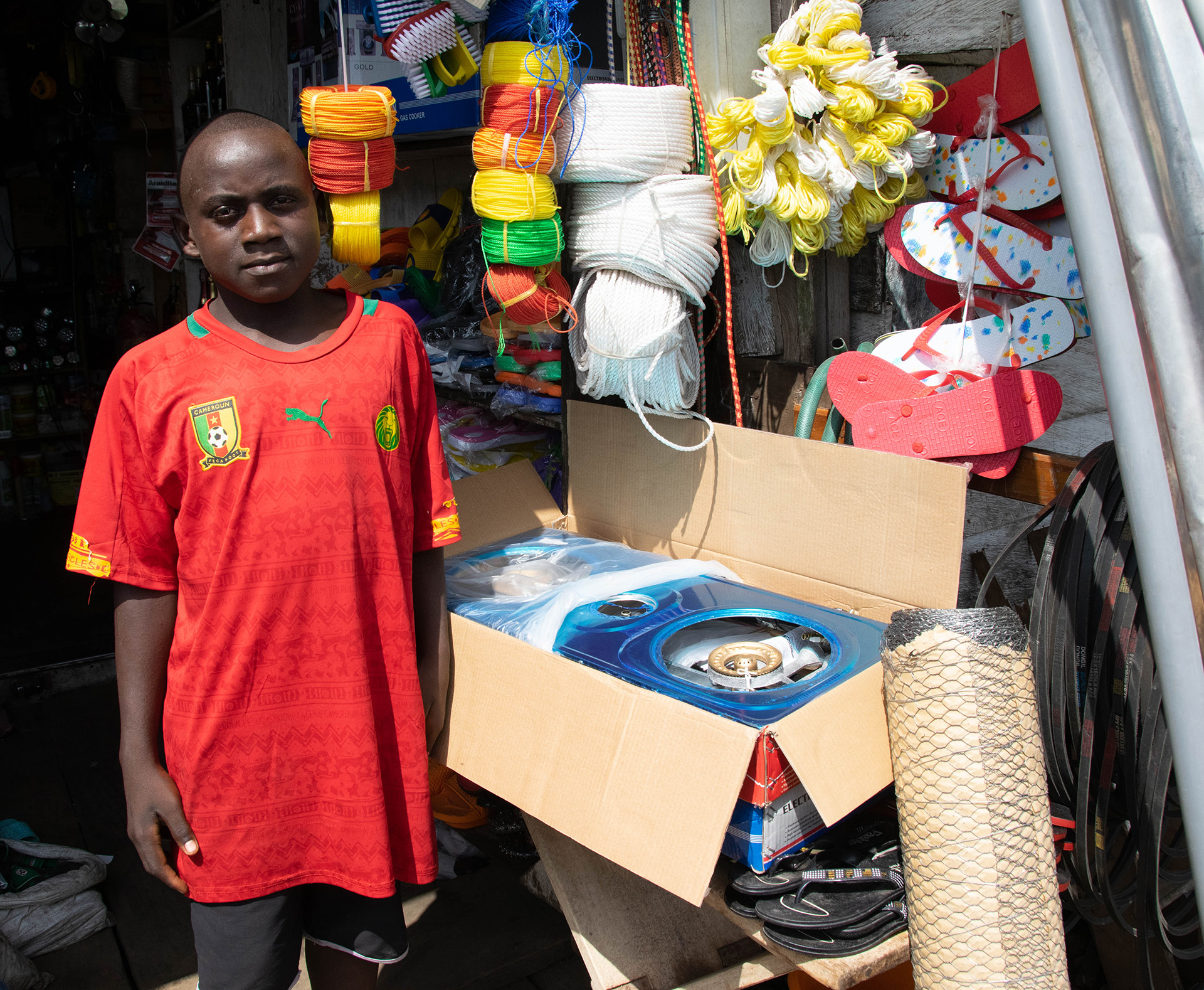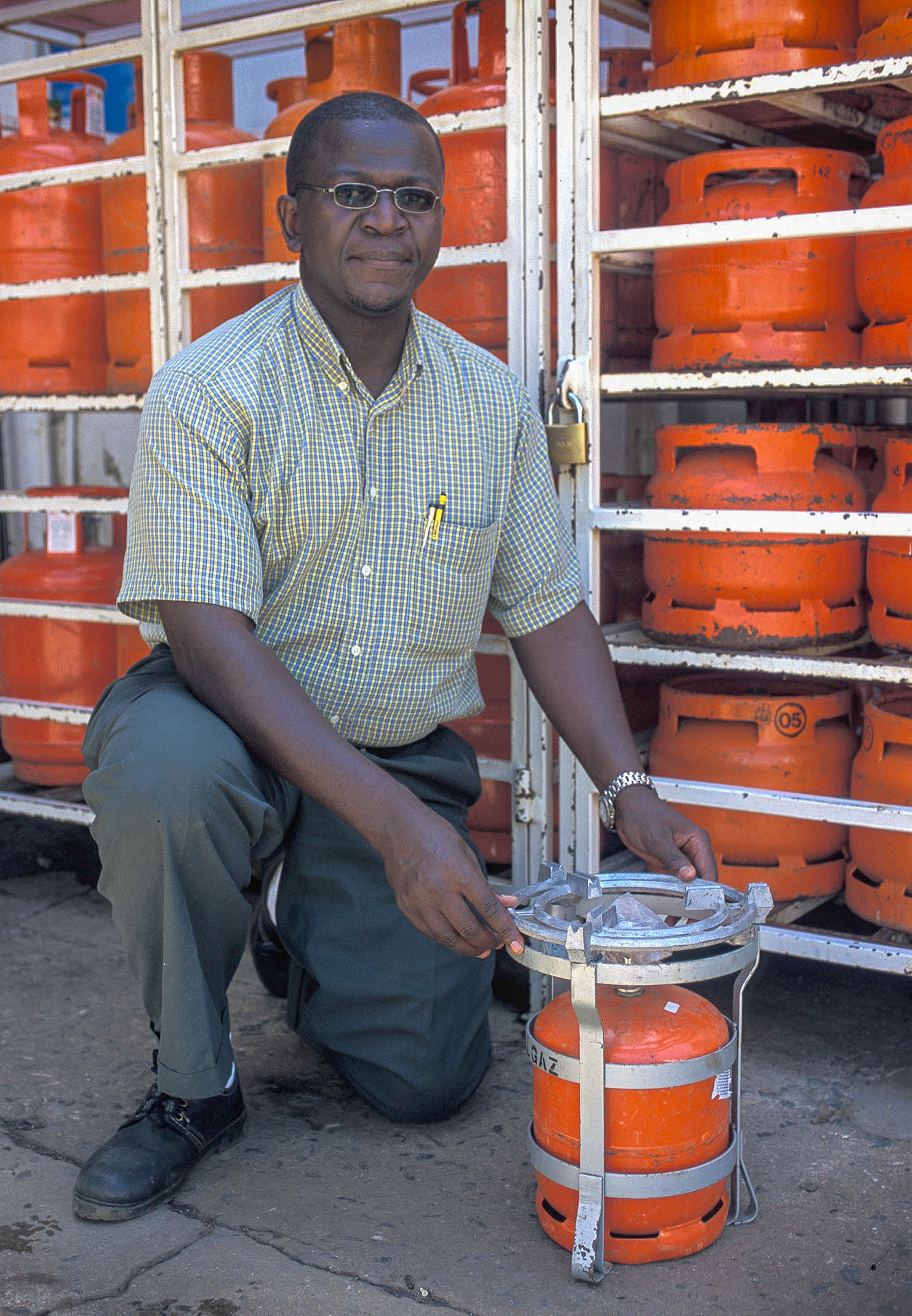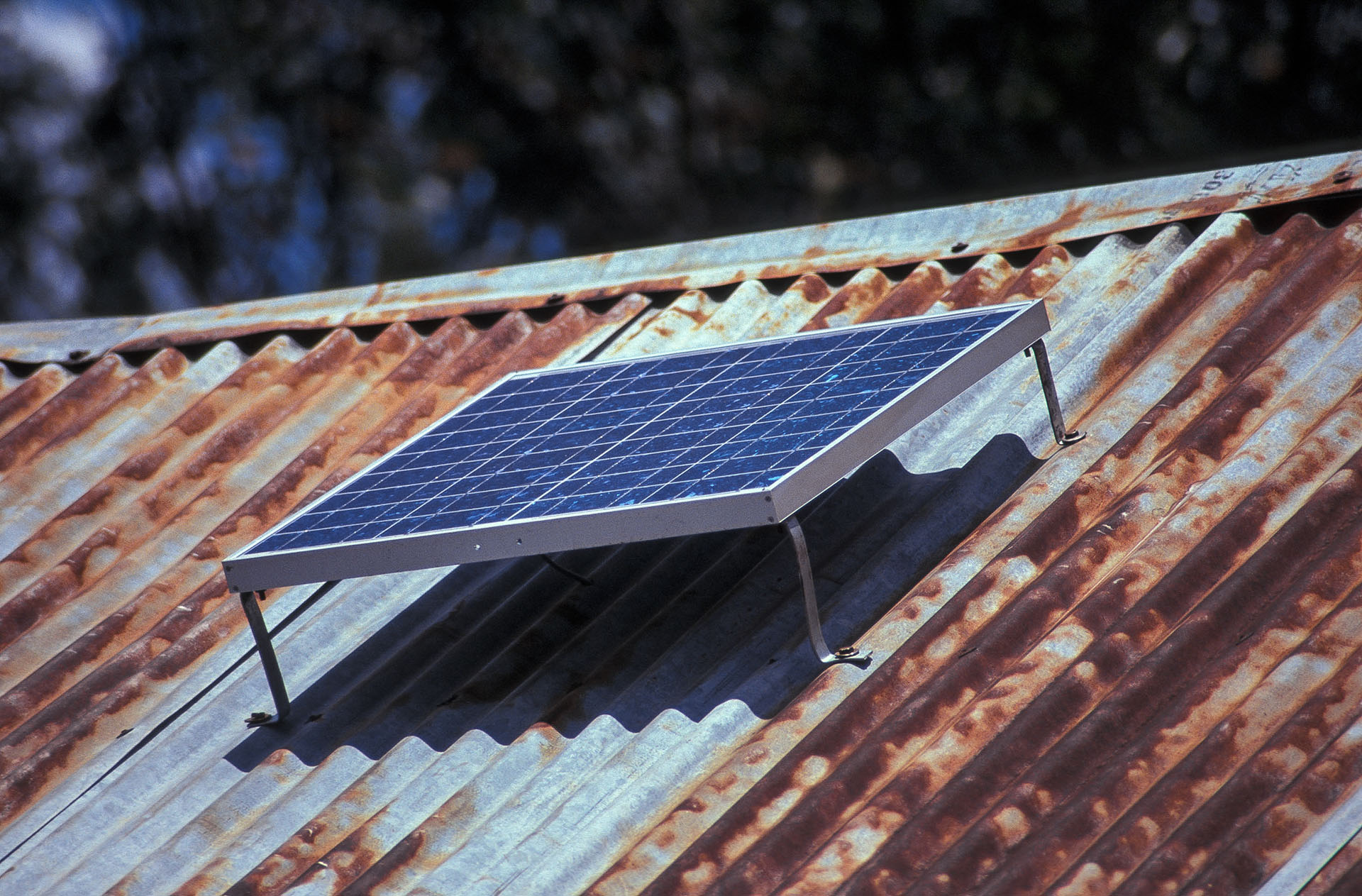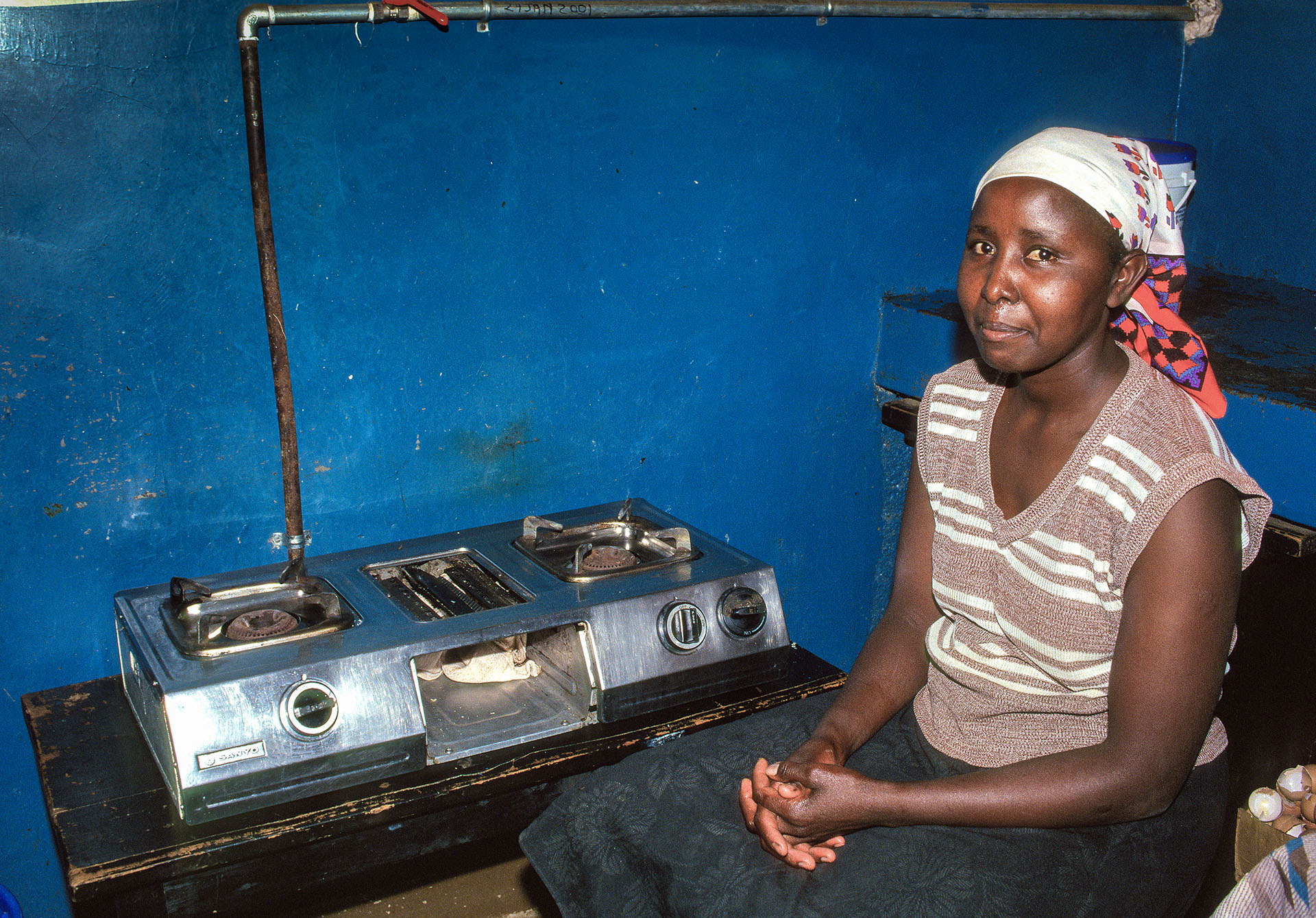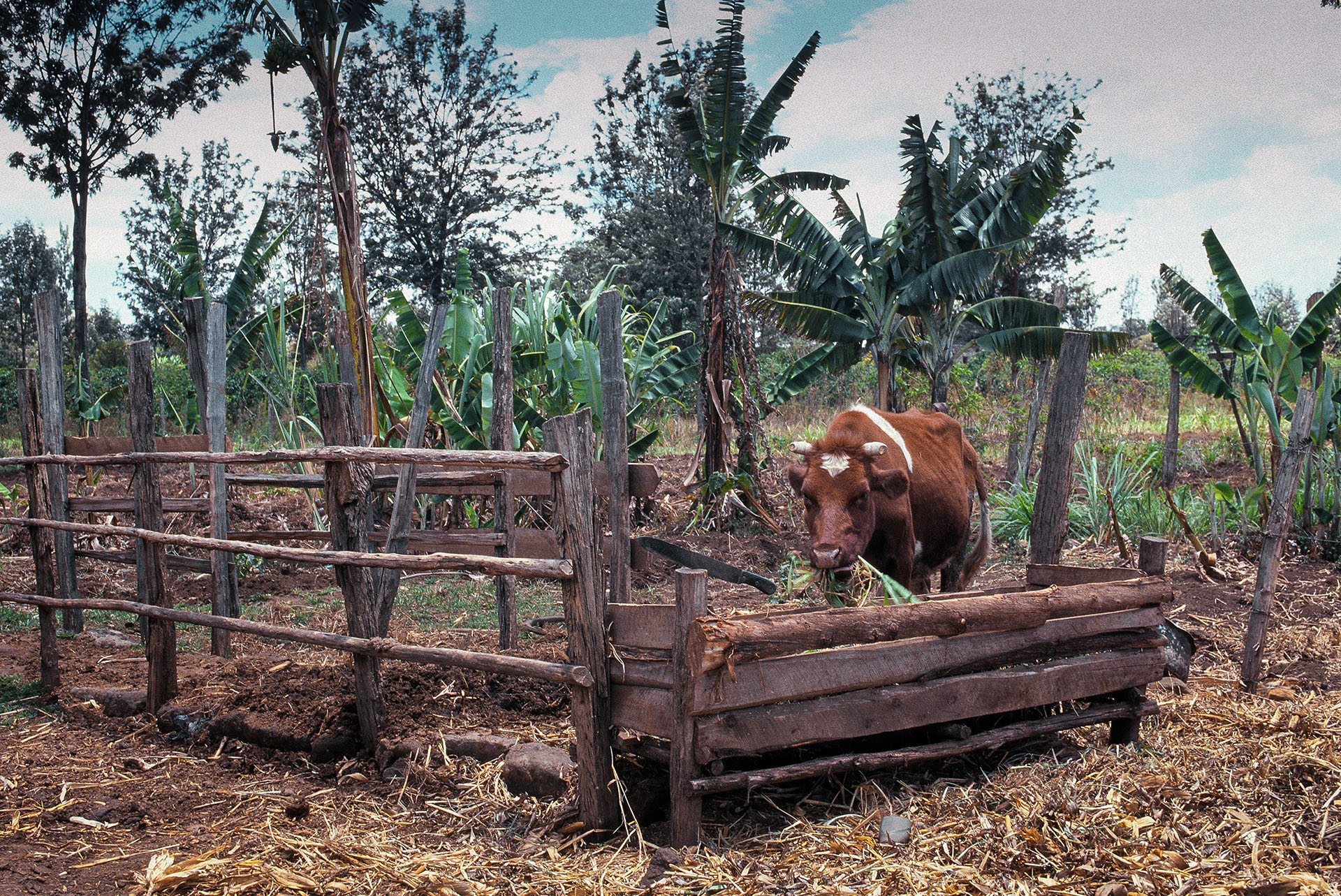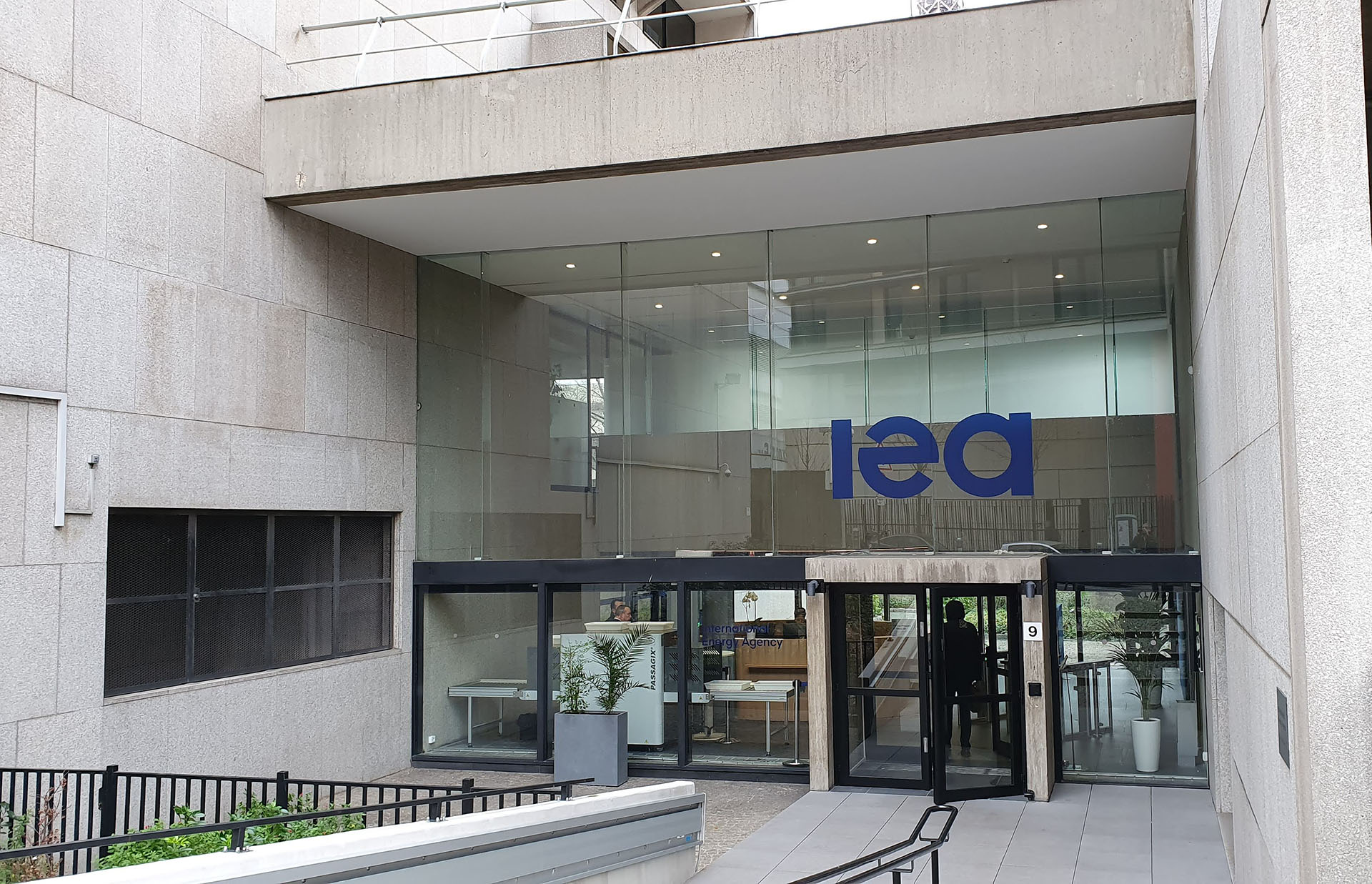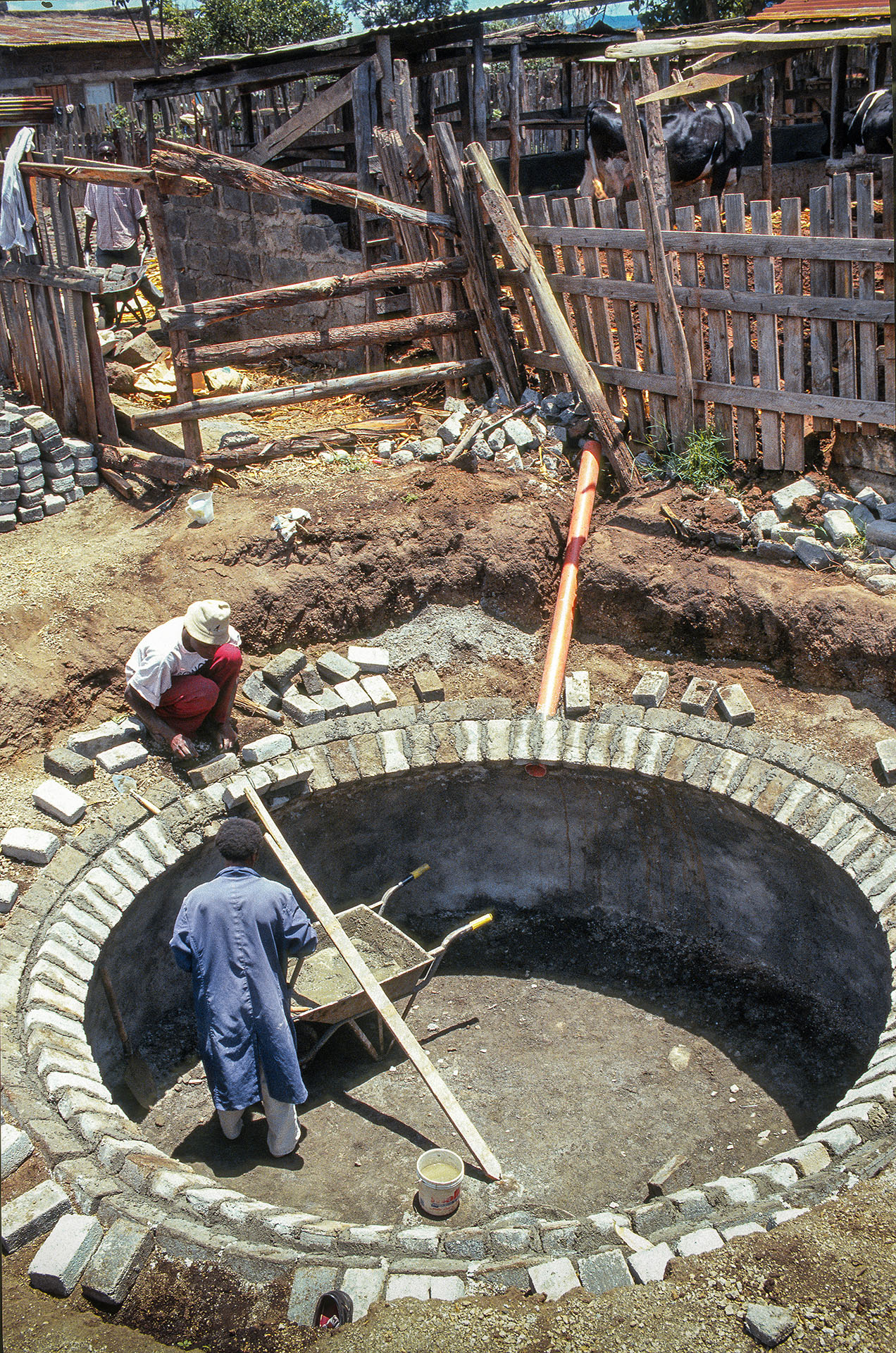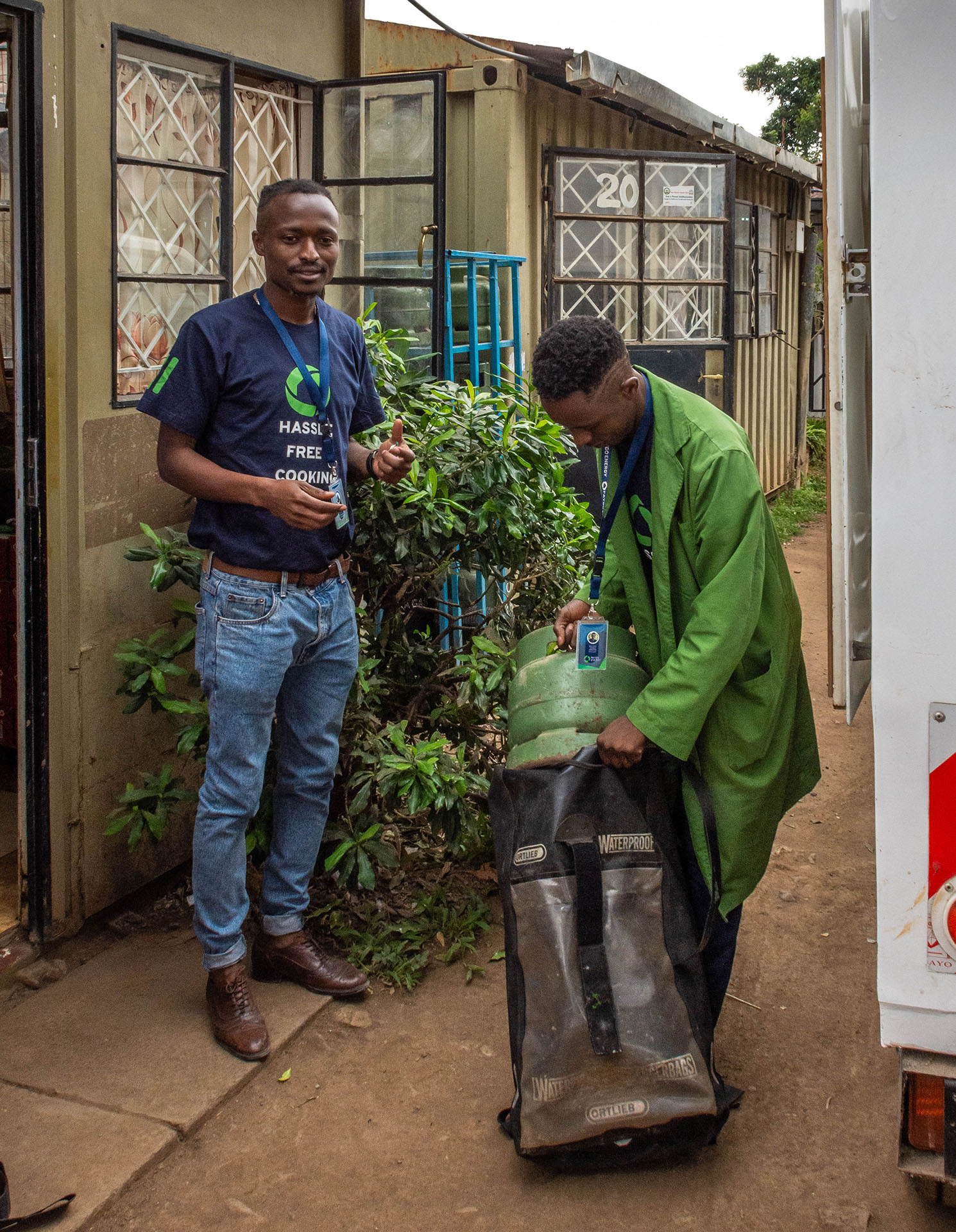Household Energy and Health Galleries
This gallery contains a selection of images on the provision and use of traditional household energy (i.e. wood, charcoal, animal dung and crop wastes) and kerosene (paraffin), and exposure to the resulting ‘household air pollution’ (HAP). Also featured are images of improved stoves with chimneys and hoods (including the ‘plancha’ stove used in the RESPIRE trial in Guatemala), advanced (e.g. fan-assisted) wood stoves, supply and use of LPG, and measurement of health-damaging pollutants (carbon monoxide and particulate matter). The galleries are:
- Household air pollution from solid fuel use
- Clean-Air (Africa) research project
- Biomass fuel supply
- Kerosene (paraffin) use for cooking and lighting
- Measurement of air pollution and stove testing
- Improved biomass stoves
- Clean fuels and energy
All photos © Nigel Bruce, except where indicated in the photo description.
Additional images and galleries will be added soon!
Household Energy, Air Pollution and Health
This gallery contains a selection of images on the provision and use of traditional household energy (i.e. wood, charcoal, animal dung and crop wastes) and kerosene (paraffin), and exposure to the resulting ‘household air pollution’ (HAP). Also featured are images of improved stoves with chimneys and hoods (including the ‘plancha’ stove used in the RESPIRE trial in Guatemala), advanced (e.g. fan-assisted) wood stoves, supply and use of LPG, and measurement of health-damaging pollutants (carbon monoxide and particulate matter).
Mother and baby in smoke Gatlang_OPT_1920 px
Inside a home with a traditional wood stove in the village of Gatlang, Nepal
Thatched house with smoke Guatemala_1920_1280
Cookstove smoke emerging from roof of a house in rural Guatemala
Guatemala_Marie Clara_2010_NB_1920 px high
A traditional 3-stone wood fire in the San Marcos region of western Guatemala
Clean-Air (Africa) Research Project:
Funded by the UK’s National Institute for Health Research, this 4-year research programme in Kenya, Cameroon and Ghana is working to support national policy to switch households away from solid fuels and kerosene to clean fuels, primarily LPG for cooking. The work includes surveys and in-depth enquiries around cooking fuels, attitudes towards LPG and air pollution levels in homes in peri-urban and rural areas of each country, policy support, and evaluation of innovative approaches to increasing access to LPG, such as ‘pay-as-you-go’ LPG systems (e.g. Paygo, CircleGas), and microloans.
Woman with kerosene lamp_warm-3900_1920 px
Rural Kenyan kitchen using wood and charcoal to cook and kerosene for light
Jane interview_1-3867_CST_1920 px
Interview during survey work for the CLEAN-Air (Africa) research project
Customer care and sales_Paygo_Reuben-3857_1920 px
Accounts office managing customers of Paygo Energy, Nairobi
KIRDI testing_technician lighting stove-0247_1920px
ISO-standardised stove performance testing at KIRDI, Nairobi
CHW group discussion_Chepkanga-0158_1920px
Community health worker training on household air pollution – group discussion
CHW Trainer_Chepkanga-0148_1920px
Community health worker training on household air pollution – trainer
CHW sharing expereinces_Langas-0177_1920px
Hearing the perspectives of community health workers during the training on household air pollution
Setting off for 6 kg cyclinder delivery_Paygo_Reuben-3850_1920 px
Home delivery of a 6 kg LPG cylinder for Paygo Energy customer, Nairobi
Child with gas bottles_DSC0993_OPT_1920 px
A mix of different marketers’ LPG cylinders for sale (‘a vendre’) in peri-urban Douala. The LPG market in Cameroon uses cylinder re-circulation and is generally well-regulated, but where customers do own cylinders there is a greater risk of accidents.
Woman cooking with LPG Meko-3890_1920 px
Making the switch from wood to LPG for cooking in rural Kenya
Biomass Fuel Supply
Wood fuel may be collected, most commonly by women and children, duties which may take children out of school. Fuel collection may take a lot of time, depending on availabillity, but this can be as much as several hours per day. Women can be at personal risk when out collecting wood fuel in some settings. Charcoal is typically made in forest areas and most transported to urban areas where it is a widely used fuel, particularly among the urban poor.
2 women with wood Nepal(Crop)_OPT_1920px
Women carrying heavy bundles of firewood in the hill region of Nepal
Woman buying wood Nairobi_crop_1920px
A woman purchases firewood for cooking in an informal settlement in Nairobi
Men chopping wood_Limbe-1229_1920 px
Logs being cut and split ready for sale as cooking fuel, Limbe, Cameroon
Women selling charcoal_NBI Market-19_1920 px
Charcoal fuel for sale in an informal settlement in Narobi
Woman with wood resting_San Lorenzo_1920 px
A woman collecting firewood rests her heavy load, San Marcos, Guatemala
Kerosene (paraffin) used for cooking and lighting:
Kerosene reamins a widely used fuel for cooking and lighting, and also for heating in some regions of the world. The WHO Indoor Air Quality Guidelines for Household Fuel Combustion (2014) recommended its use be discouraged, because of mounting evidence of a wide range of health risks, and also as it is a common cause of fires and burns. In addition, in low-income settings, kerosene is often stored in soft drink bottles, leading to poisoning of children who are not aware of the danger.
Woman lighting kerosene lamp_warm-3899_1920 px
Rural Kenyan kitchen with a traditional wood cookstove and kerosene lamp
Man selling kerosene in coke bottles_NBI-02_1920 px
Kerosene on sale in unmarked soft drink bottles, Nairobi
Maasai woman with kerosene lamp_1920 px
A Maasai woman sews beads by the light of a tin kerosene lamp, Kenya
Measurement of household air pollution and stove testing:
Measurement of levels of pollution in the home and personal exposure (an important indicator of health risk) has focused on two main health-damaging pollutants, namely small particles (PM2.5) and carbon monoxide (CO). CO has also been used as a ‘marker’ of PM2.5 as the former is considerably easier to measure, but the usefulness of this method appears to vary considerably between settings. Stove testing is mostly done in the laboratory using standardised protocols, including those recently published by ISO (2018). These set out the methods for measuring emissions of PM2.5 and CO, thermal efficiency, safety and durability. Field testing gives a better assessment of real-life performance, but is considerably more complex and expensive.
KIRDI testing_technician lighting stove-0247_1920px
ISO-standardised stove performance testing at KIRDI, Nairobi
Improved biomass stoves:
A large variety of ‘improved’ biomass stoves burning wood, charcoal and processed forms of biomass (such as pellets) are available. Some have flues (pipes fixed to the stove), others vent into the kitchen. The different stoves employ a variety of combustion-enhancement technologies and designs, which include ‘rocket’ stoves such as Envirofit as well as those which use fans such as the Philips stove.
The best examples of these improved stoves can achieve much cleaner combustion than traditional stoves, reducing health damaging emissions and improving efficiency, but good performance in the laboratory has generally been found to deteriorate markedly when in everyday use.
Child doing homework Kajiado_OPT_1920px
A child struggles to do his school homework in a dark, smokey Maasai hut, Kenya
Clean fuels:
Clean household fuels include gaseous fuels such as liquefied pertoleum gas (LPG – a variable mix of butane and propane), natural gas and biogas (methane), and liquid fuels including ethanol and methanol. Electricity whether supplied by the main national grid, mini-grid, or through solar photo-voltaic devices, is clean at the point of use, but may create air pollution, especially if generated with coal or diesel fuel.
Electricity tends to be expensive as a cooking fuel, although special appliances such as rice cookers, etc., can make it more affordable for some uses. It is ideal for lighting and other appliances. Solar cookers (i.e. parabolic devices reflecting solar radiation) can be useful, but for practical reasons rarely address a household’s full cooking energy needs.
Toms kitchen_20201109_200951_PS Edit_1920 px
In high income countries, abundant clean and convenient cooking energy in the kitchen is more or less taken for granted
LPG filling plant_Tanker_GlocalGaz_Limbe-1030_1920px
LPG tanker at the GlocalGaz filling plant, Limbe, Cameroon
Woman standing by LPG Meko-3886_1920 px
A woman prepares food on an LPG cooker in here home, bit still uses the traditional wood stove for some purposes. This so-called ‘stacking’ for a variety of reasons, including cost and availability of LPG, and families getting used to using the new fuel for all of their cooking, but it does mean the kitchen is still much more polluted that if LPG was used exclusively
Gas_loans_MPesa_Langas-143930_1920px
The mobile money system (mPesa) in Kenya can facilitate the purchase of LPG refills, particularly if linked to a ‘pay as you go’ system
Child with gas bottles_DSC0993_OPT_1920 px
A mix of different marketers’ LPG cylinders for sale (‘a vendre’) in peri-urban Douala. The LPG market in Cameroon uses cylinder re-circulation and is generally well-regulated, but where customers do own cylinders there is a greater risk of accidents.
Yaounde depot_unloading truck-0012_1920 px
The cylinder re-circulation model is the critical factor for a a safe LPG market
Patrick PA_Meko store in Kisumu_LR Edit_1920 px
Store of LPG cylinders with ‘Meko’ type single-burner stoves attached, Kenya
Electric Grid_Kenya_LR Edit_1920 px
Cooking with electricity generally requires grid infrastructure to supply sufficient power
Electric cooker_Besters_LR Edit_1920 px
Electric cooker in use in an informal settlement near Johannesburg, South Africa
Roof mounted solar PV_Kenya_LR Edit_1920 px
A small roof-mounted solar PV panel, which would could supply lighting, but would not provde sufficient power for cooking
Solar cooker_Nepal_LR Edit_1920 px
A parabolic solar cooker which reflects and concentrates the sun’s radiant heat onto the pot
Biogas cooker and woman_Nakuru-14_LR Edit_1920 px
A twin-burner biogas stove on a farm near Nakuru, Kenya
Zero grazing_Biogas_Nakuru-13_LR Edit_1920 px
Biogas production from cattle dung is more convenient with ‘zero’ grazing, with the animals kept in a pen
Kimball_IMG_9835_769 px high
Kimball Chen, CEO of Energy Transport Group and Chairman of the Global LPG Partnership
Biogas_Slurry outflow_Nakuru-12_LR Edit_1920 px
A biogas digester showing gas production (bubbles in chamber) and the effluent slurry which is an effective fertiliser
Biogas digester construction_Nakuru-08_LR Edit_1920 px
A biogas digester under construction near Nakuru, Kenya
